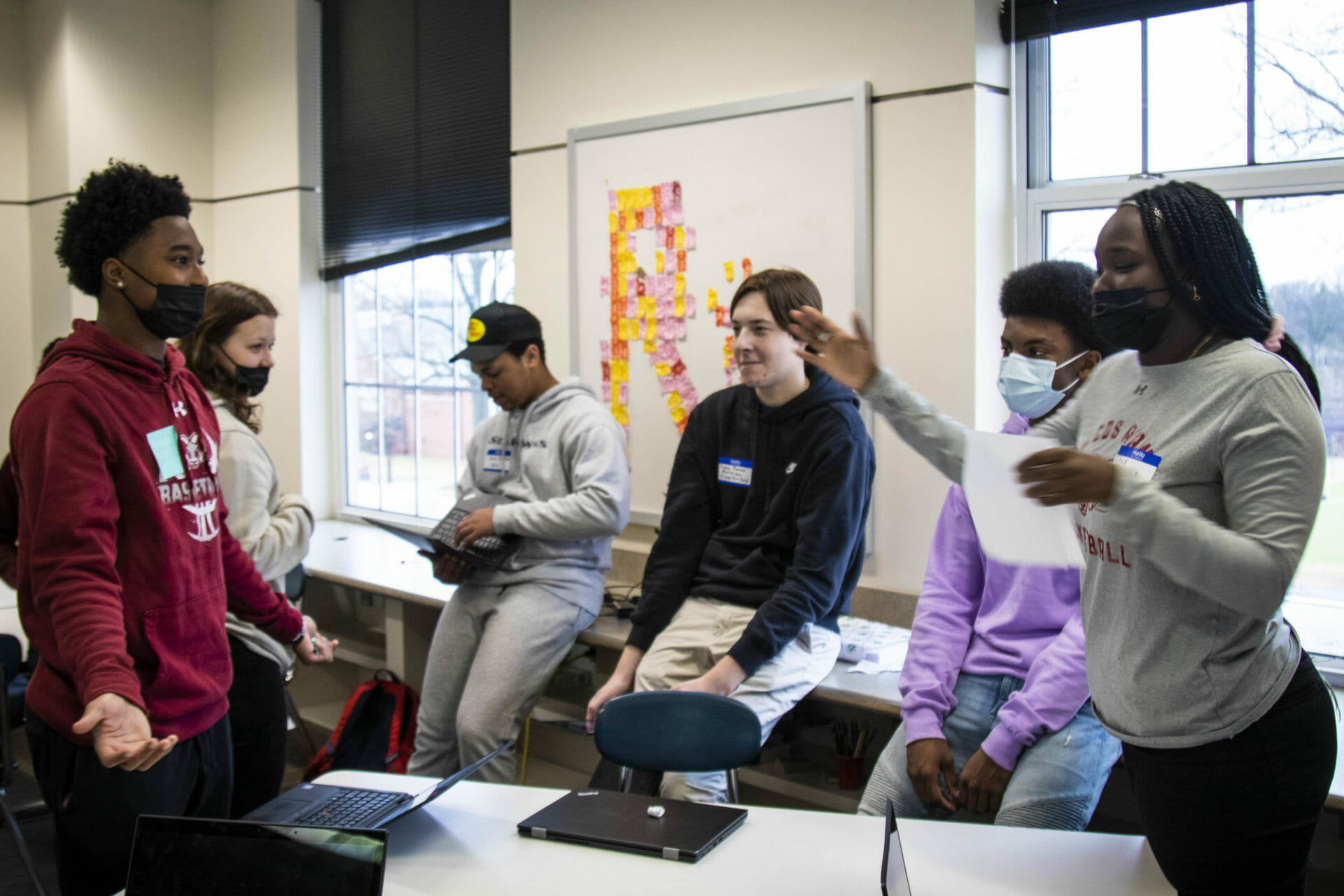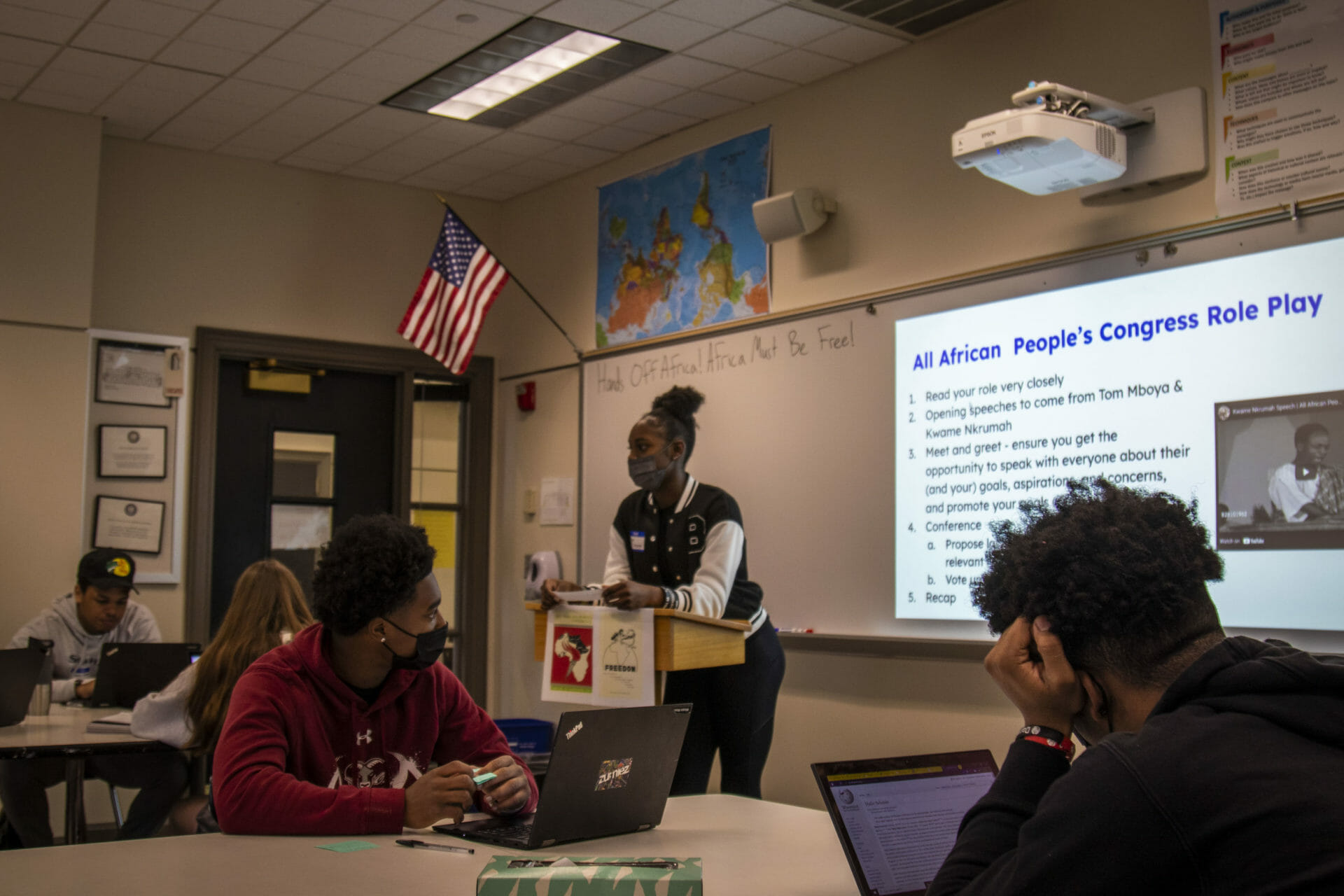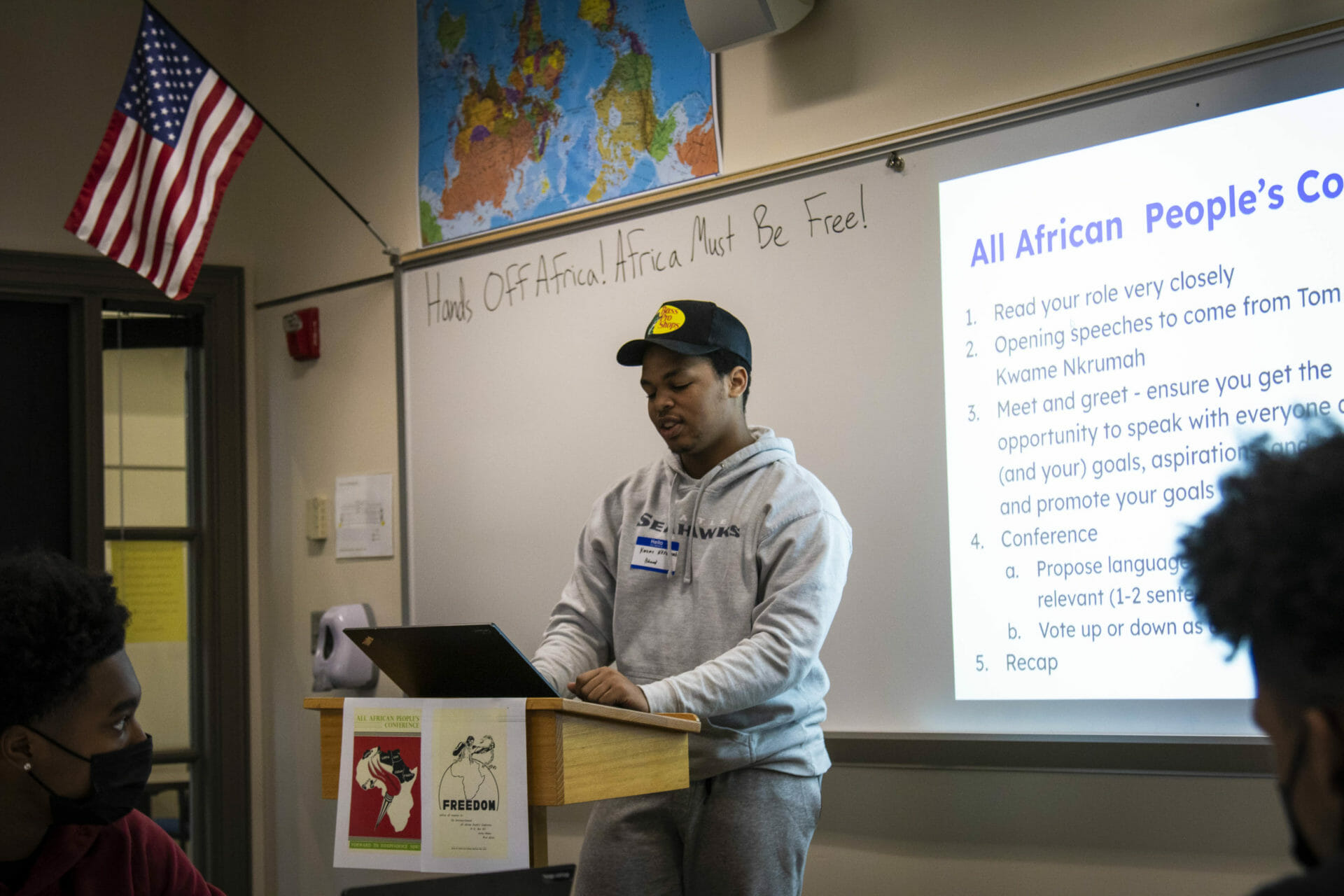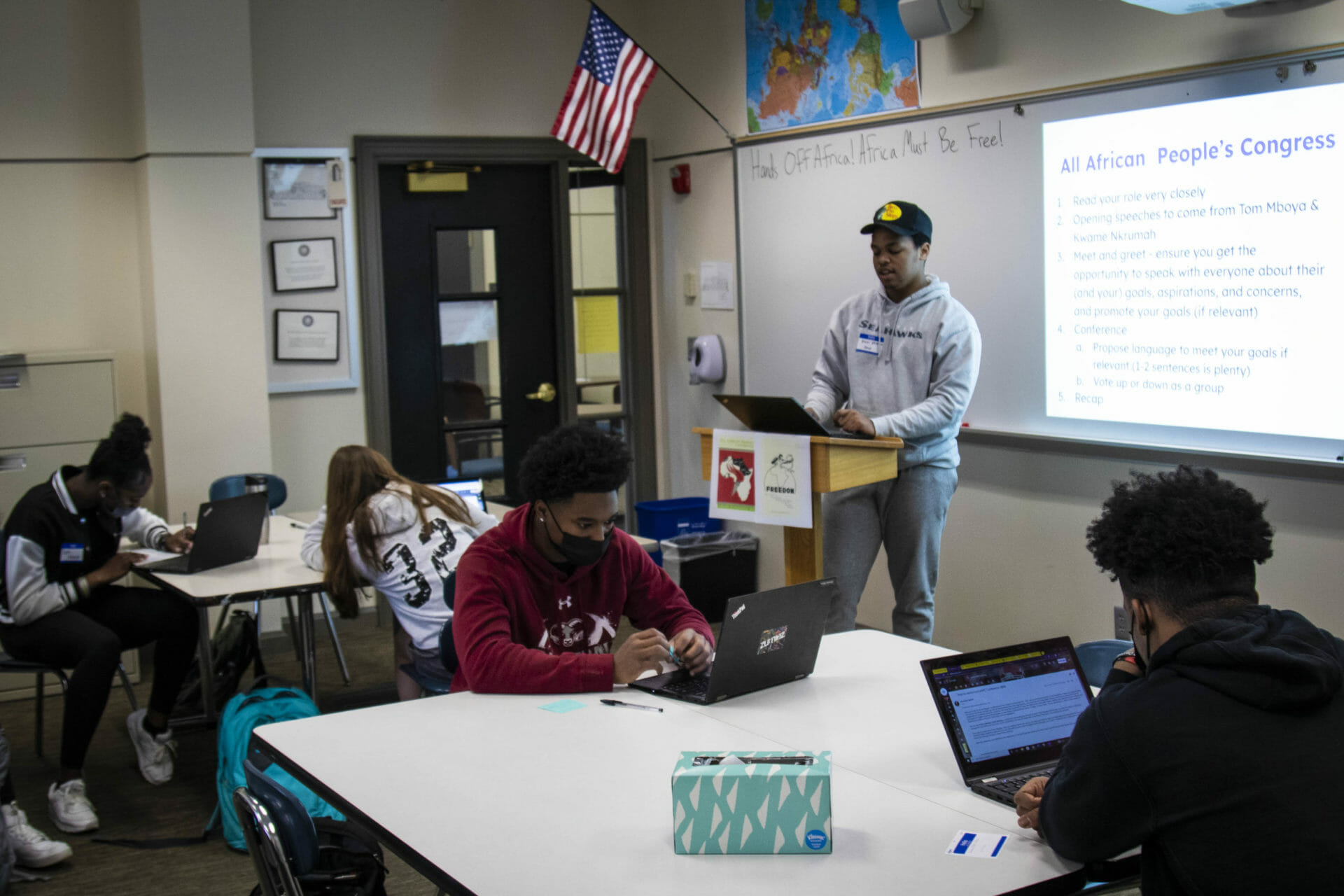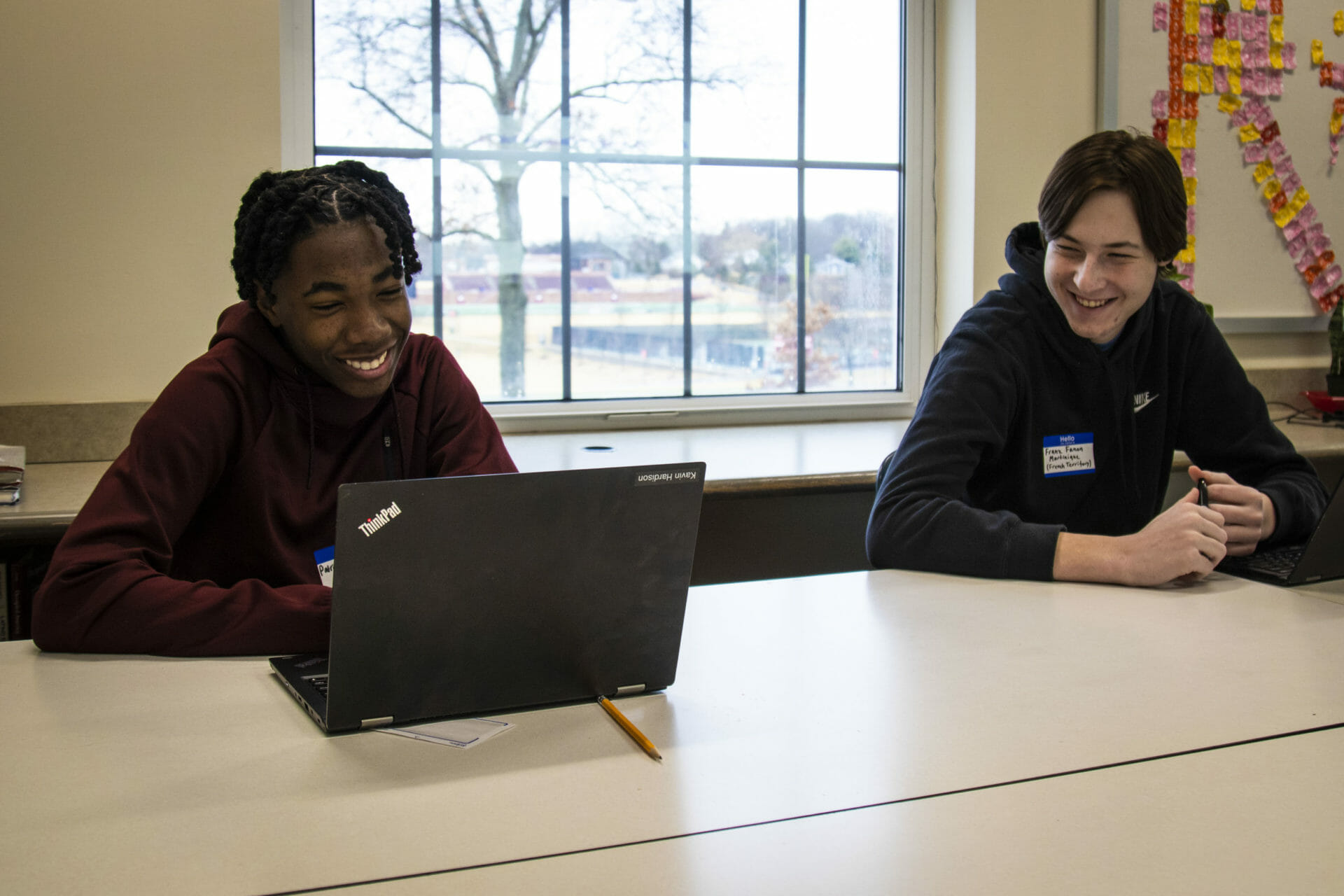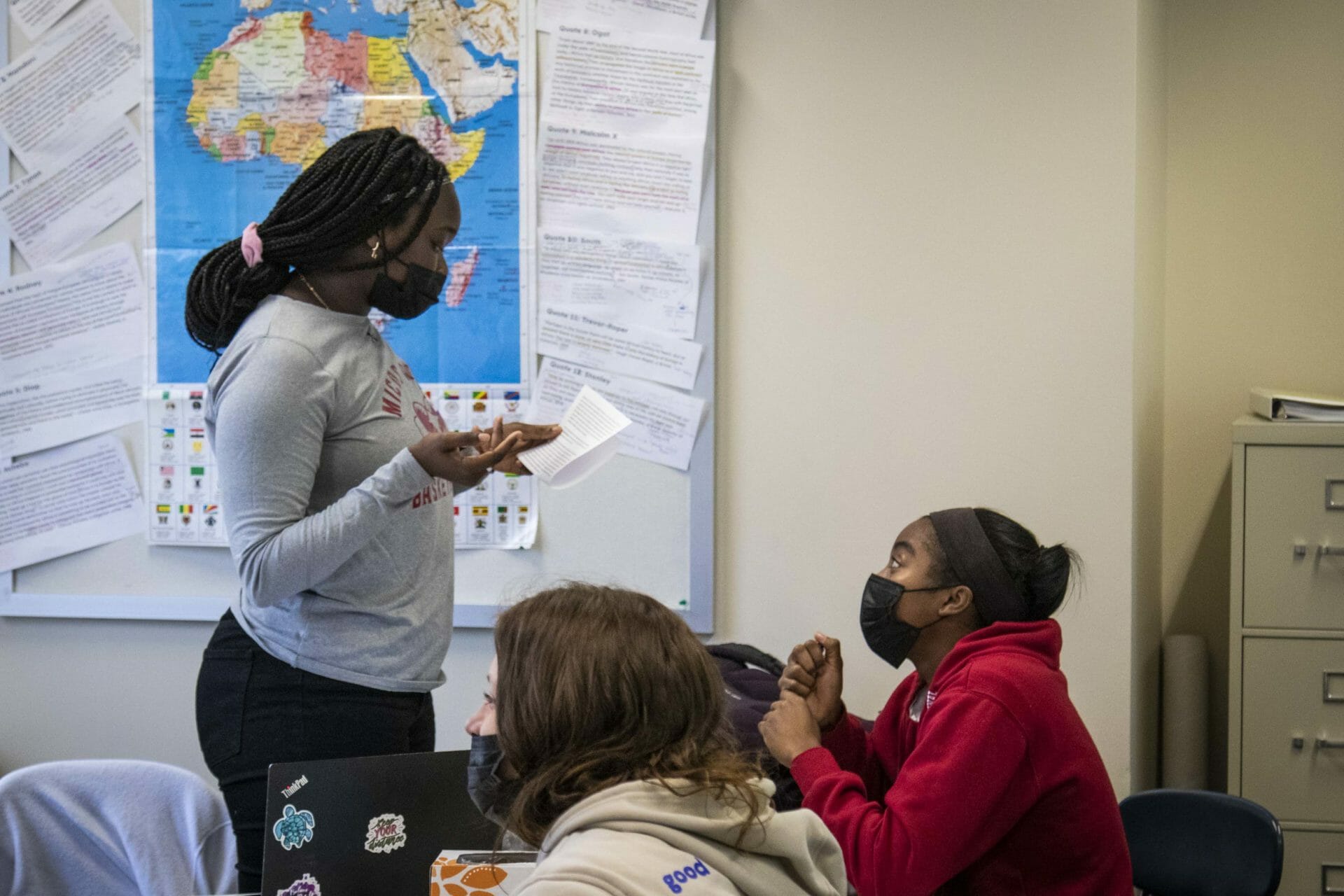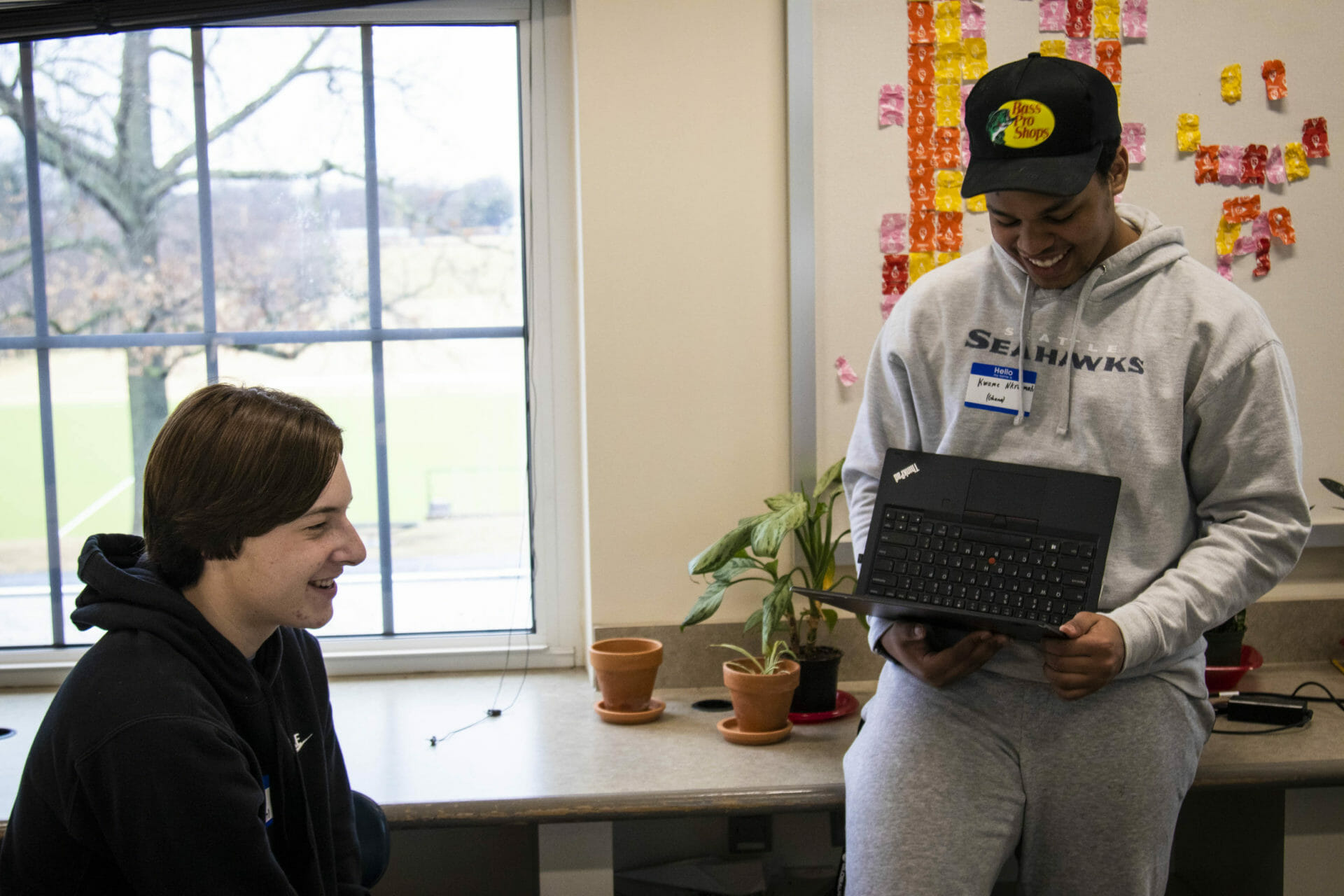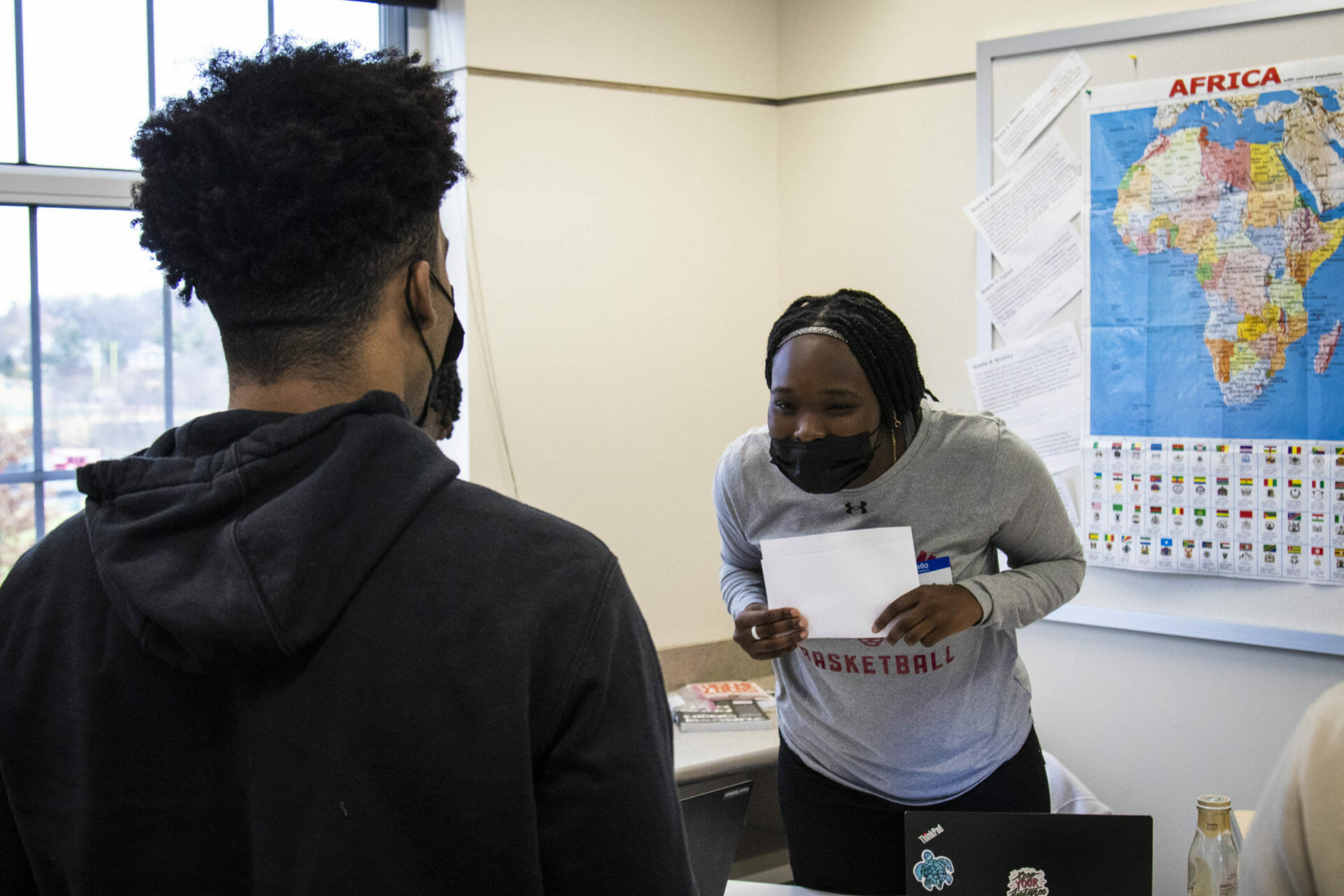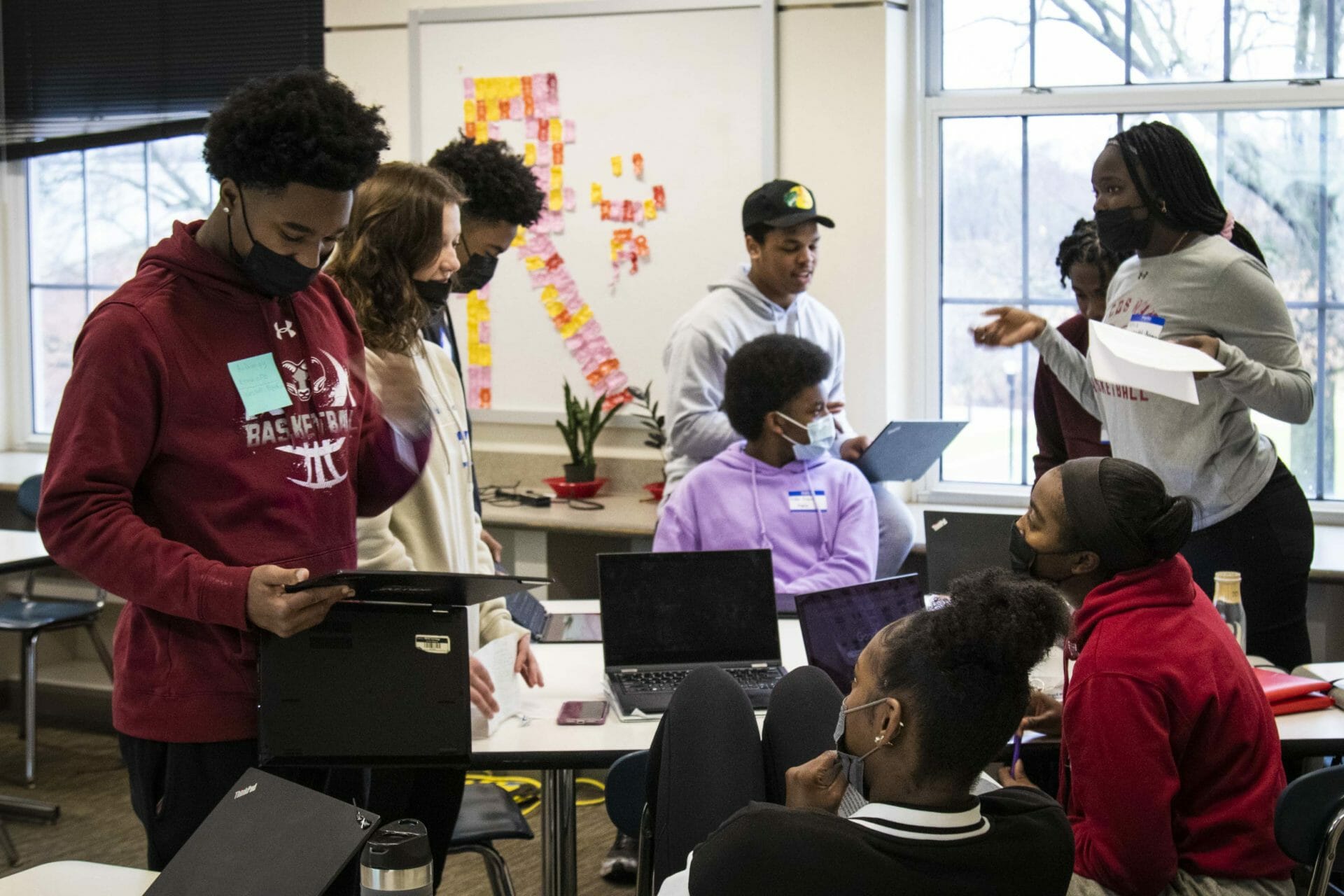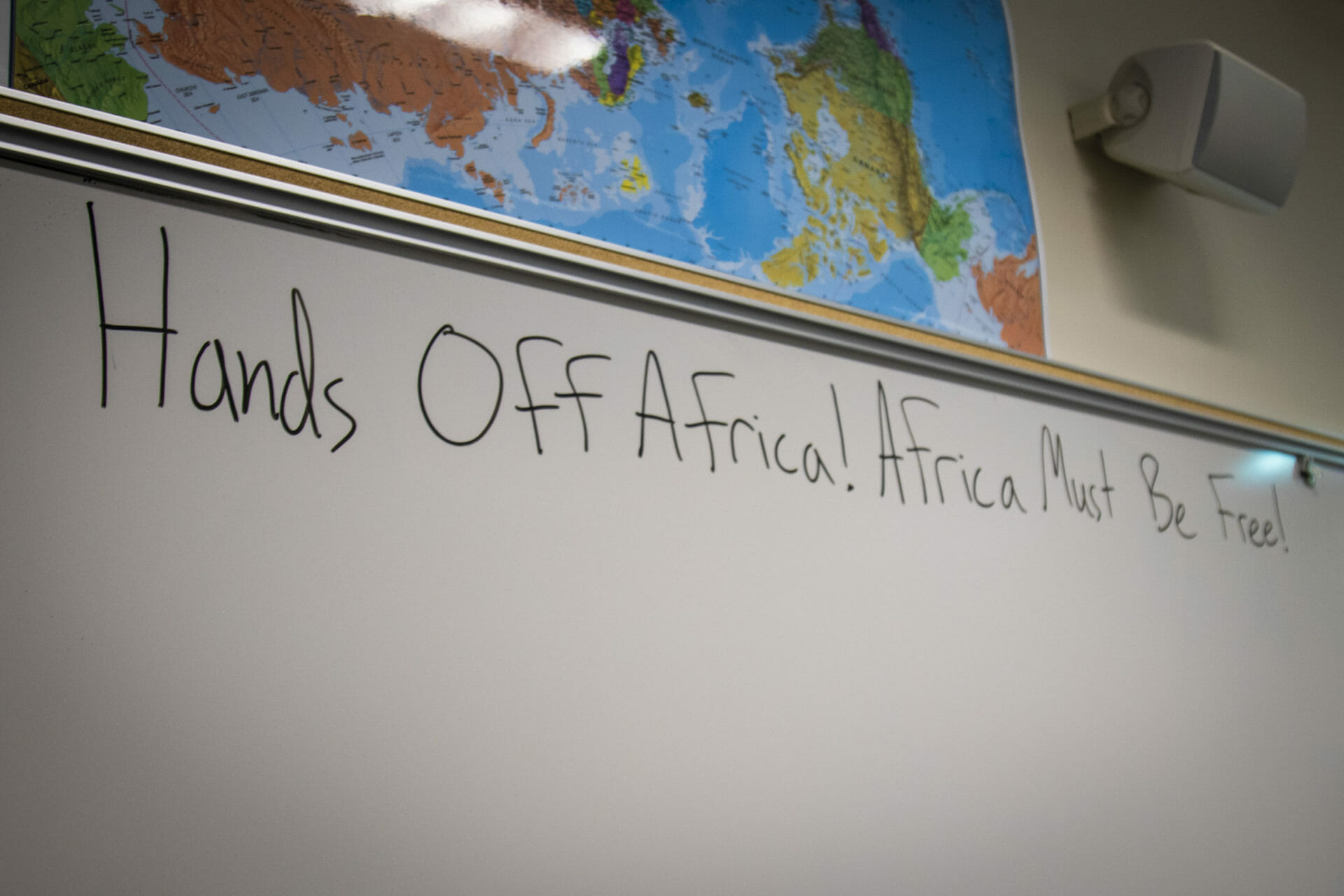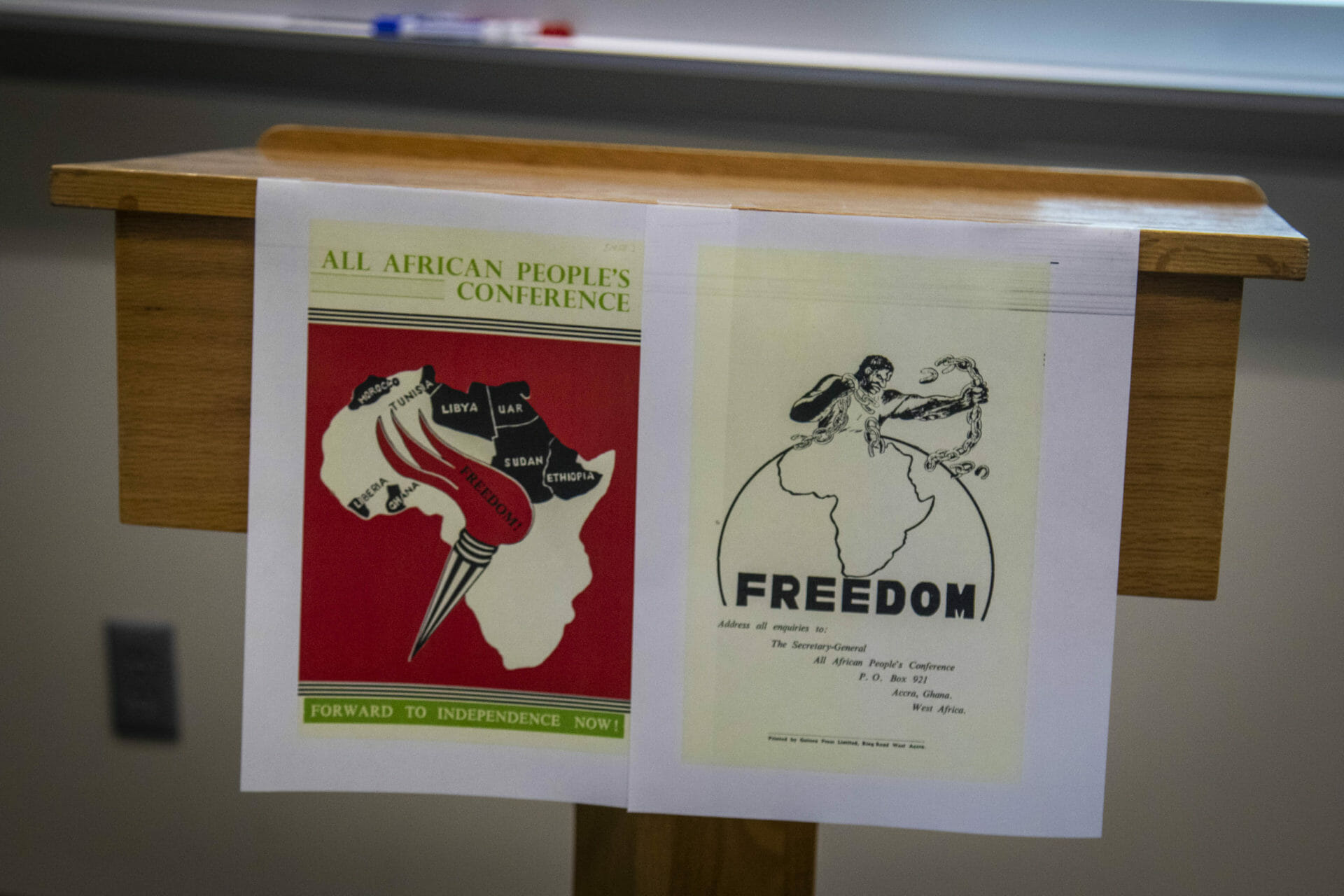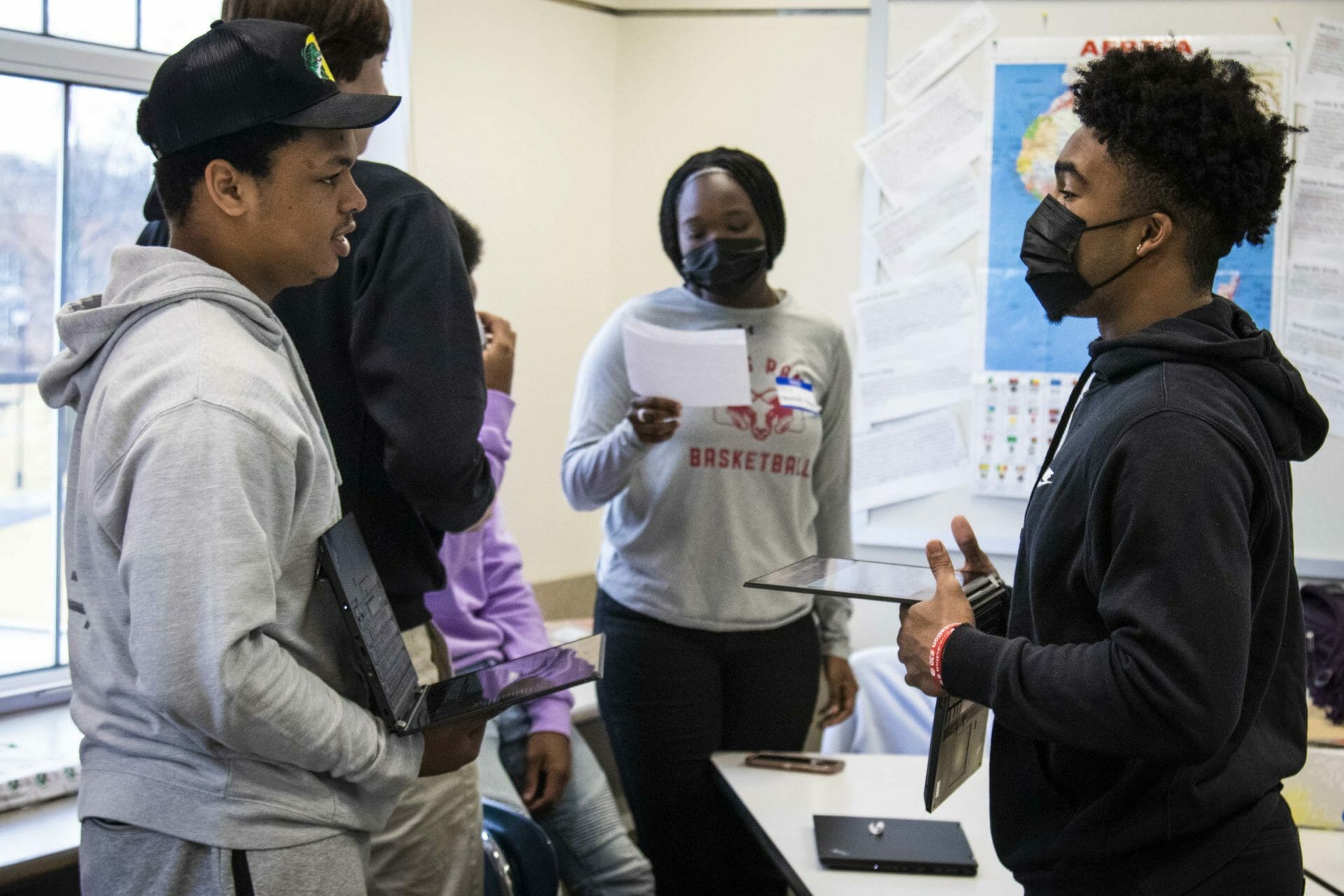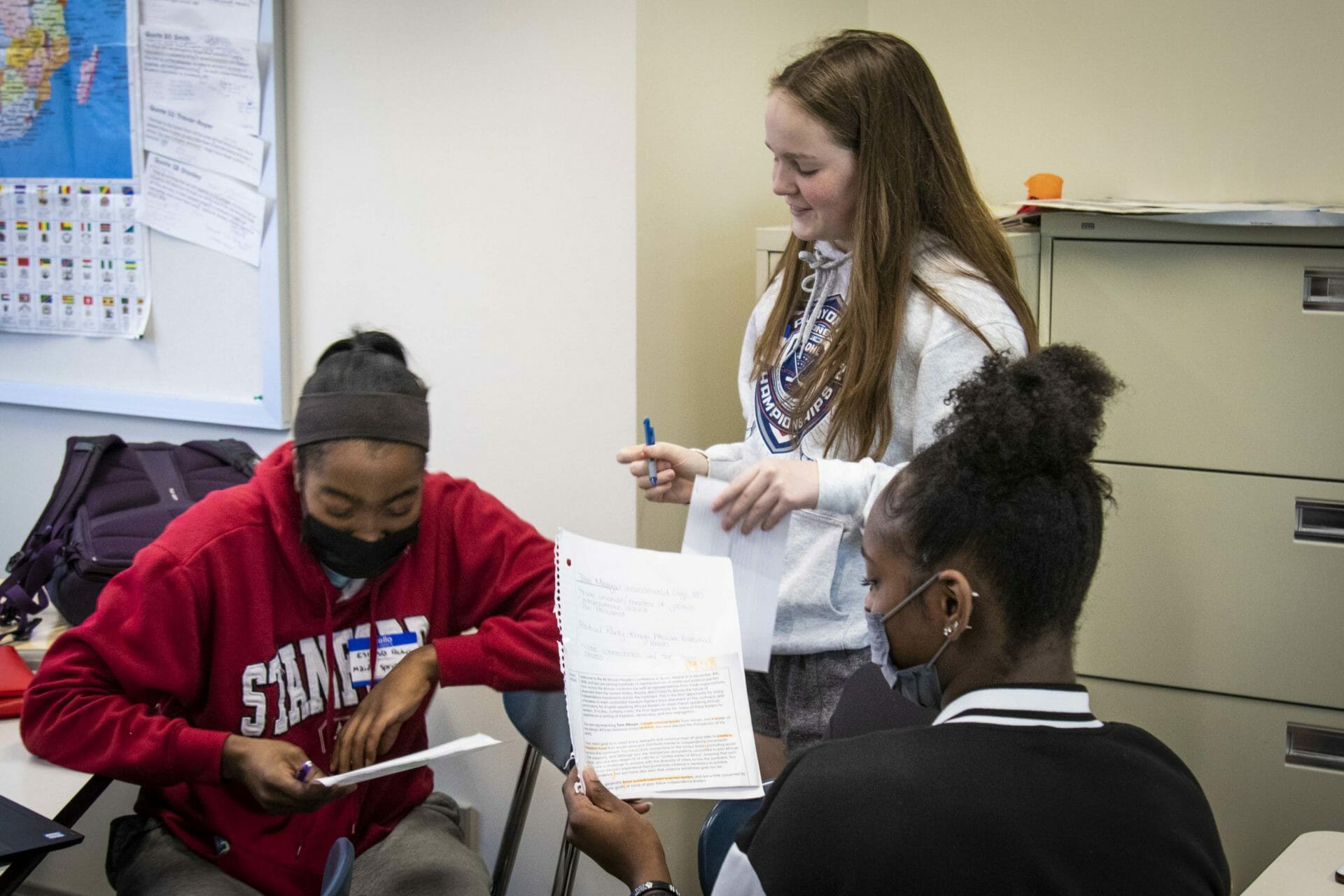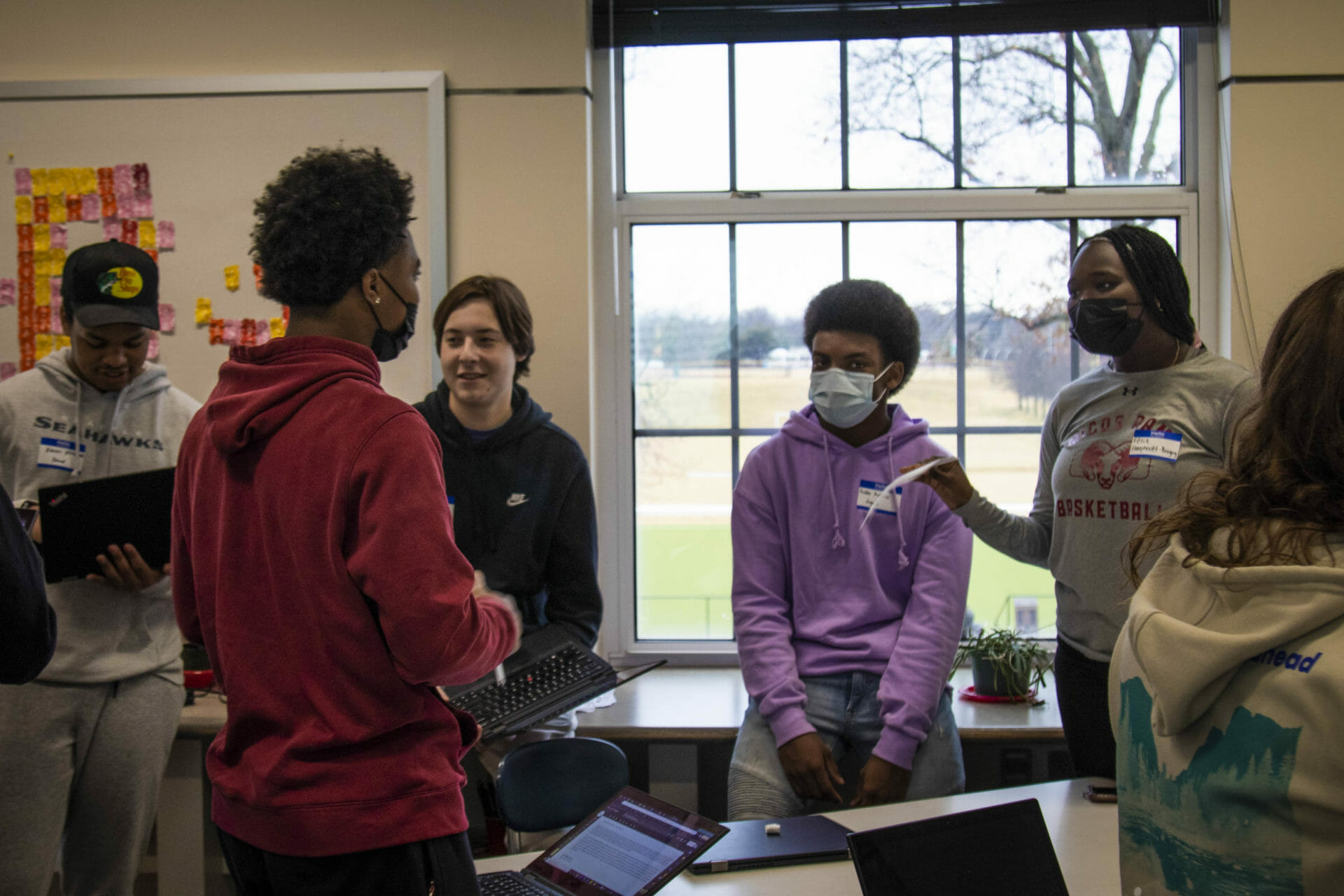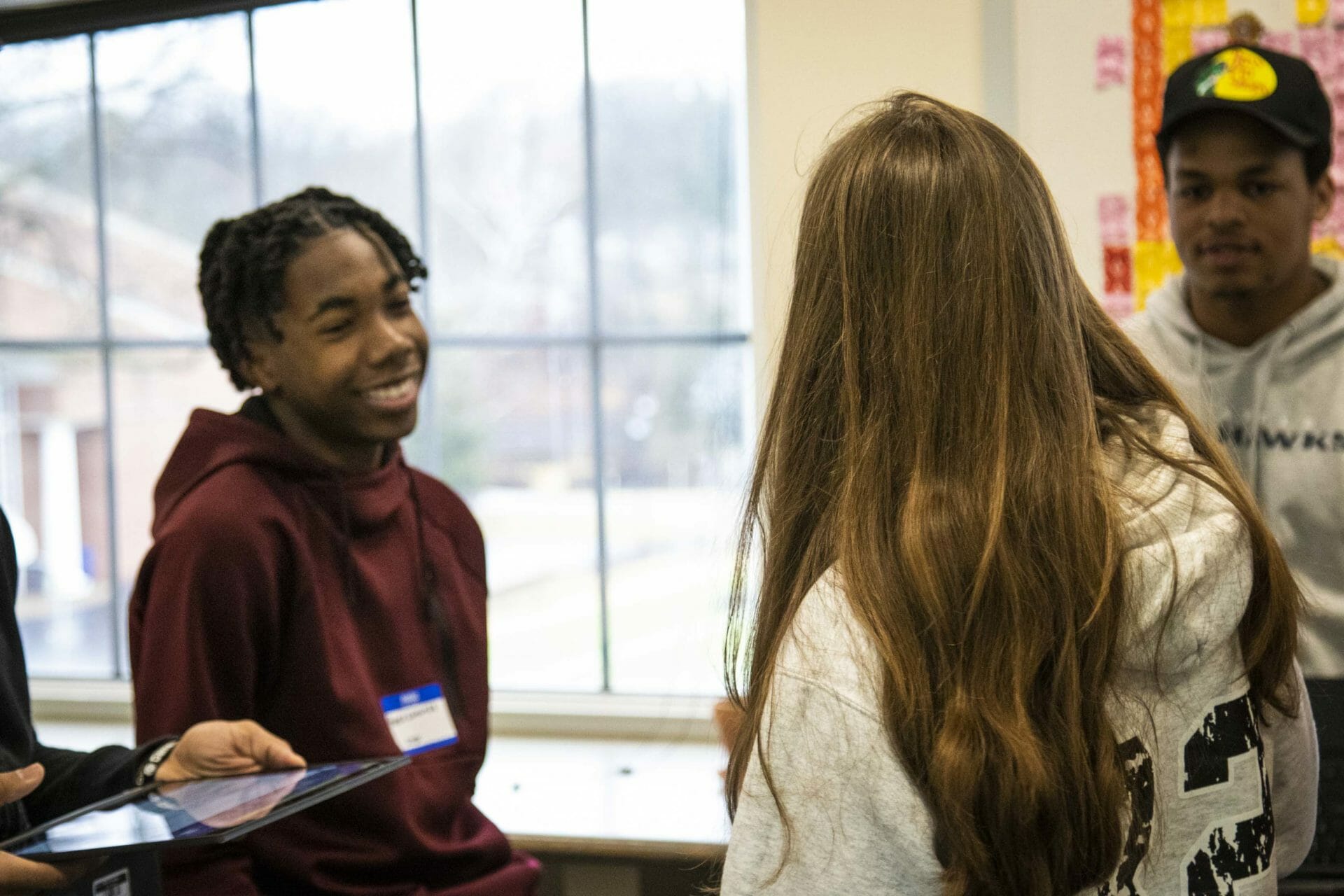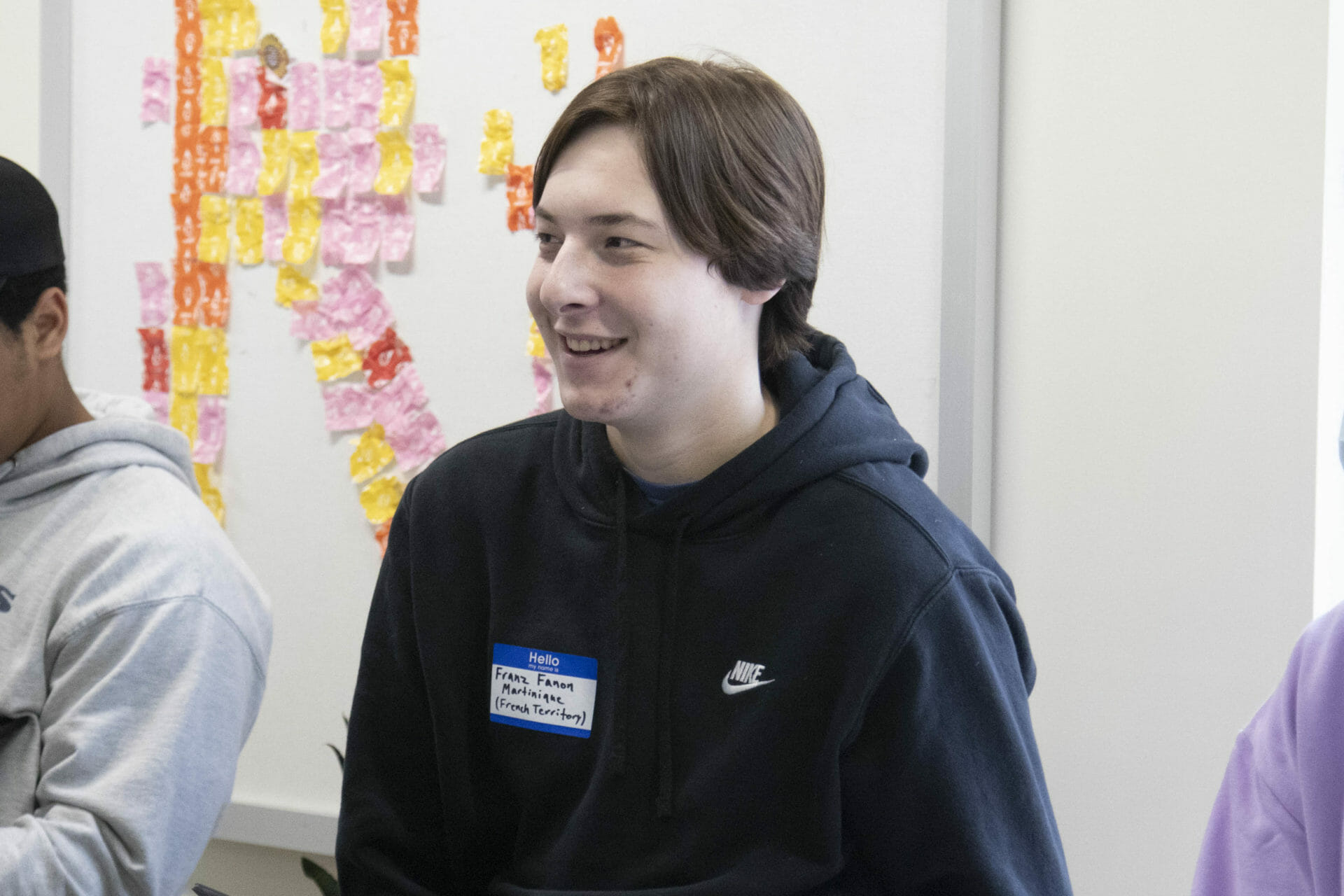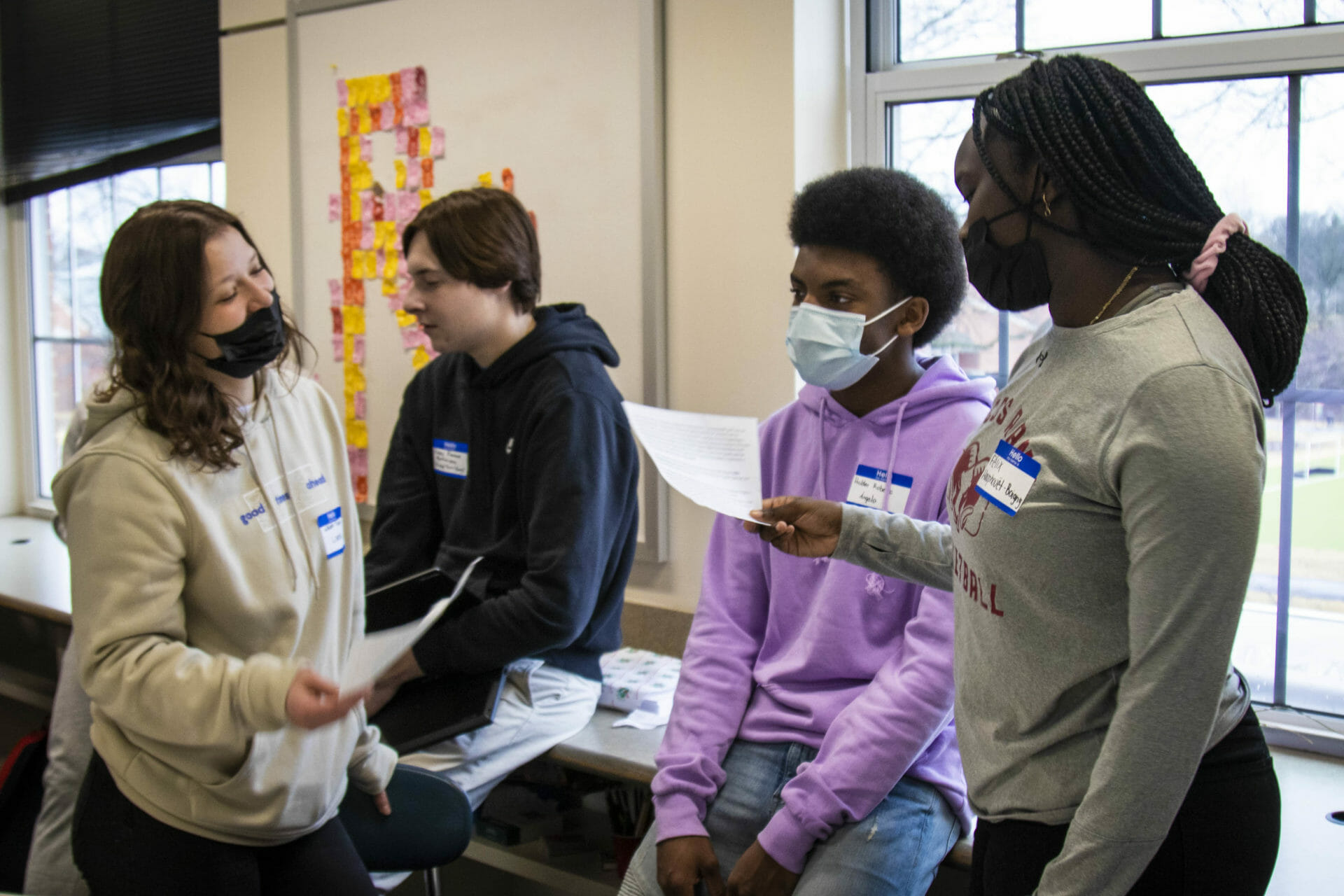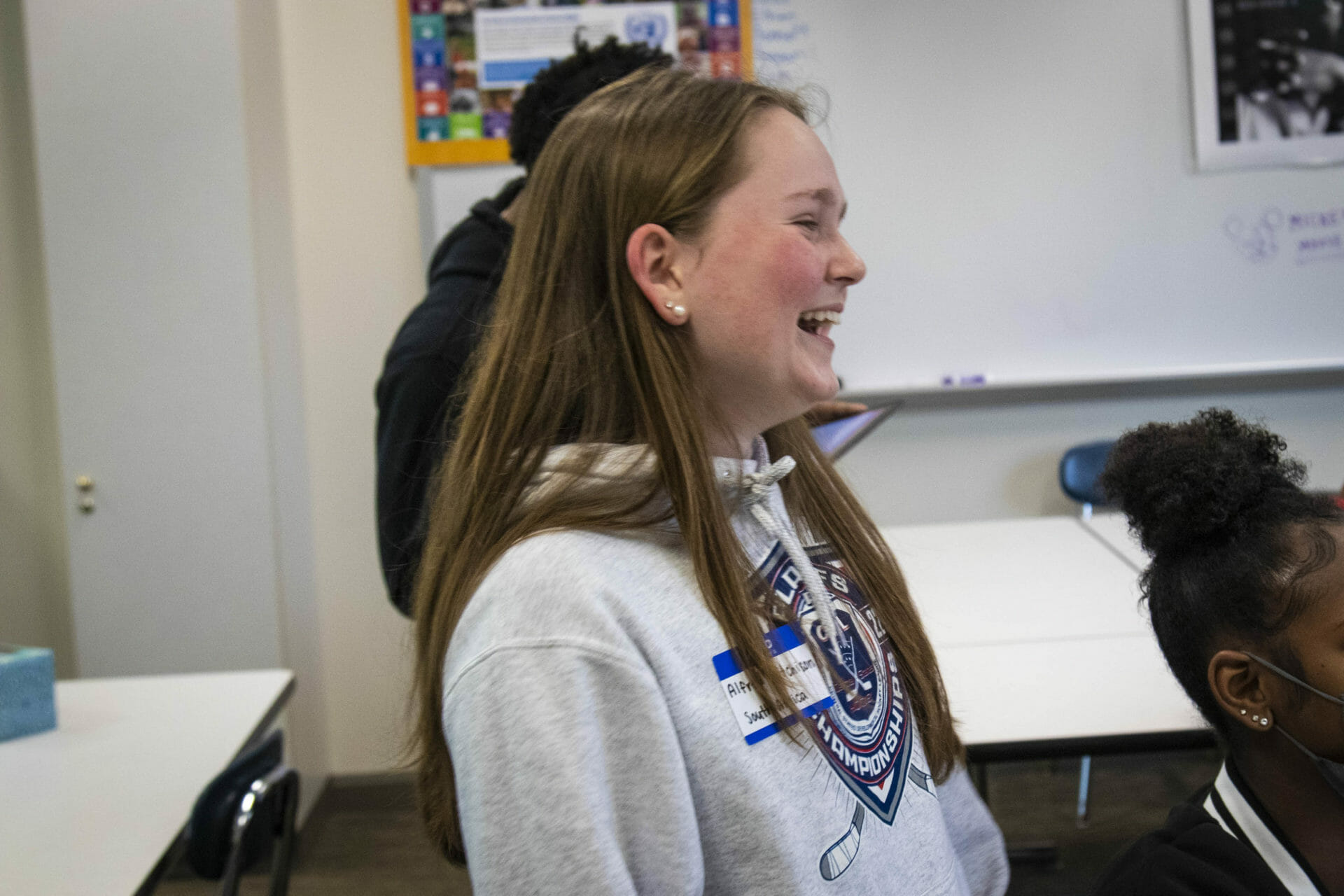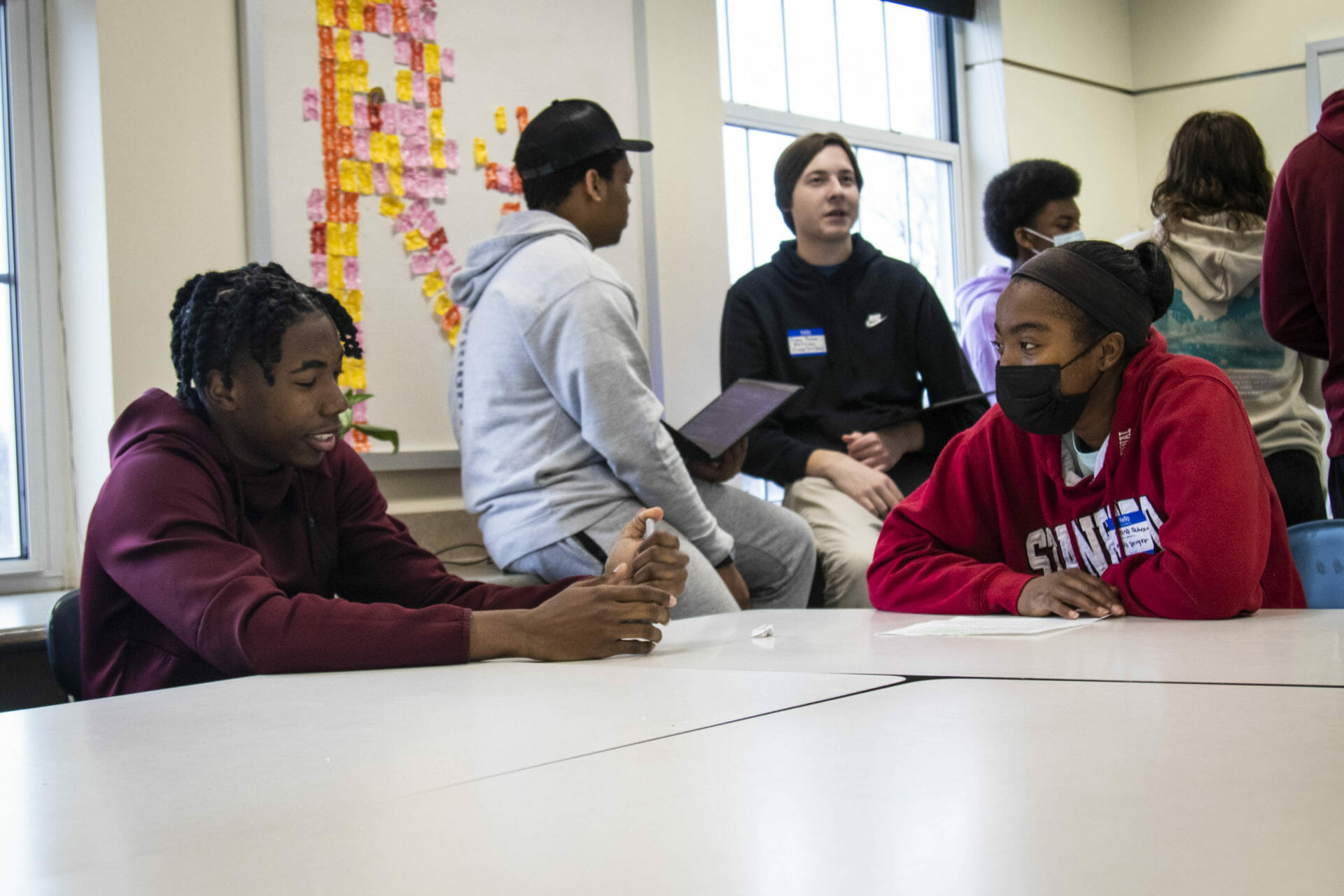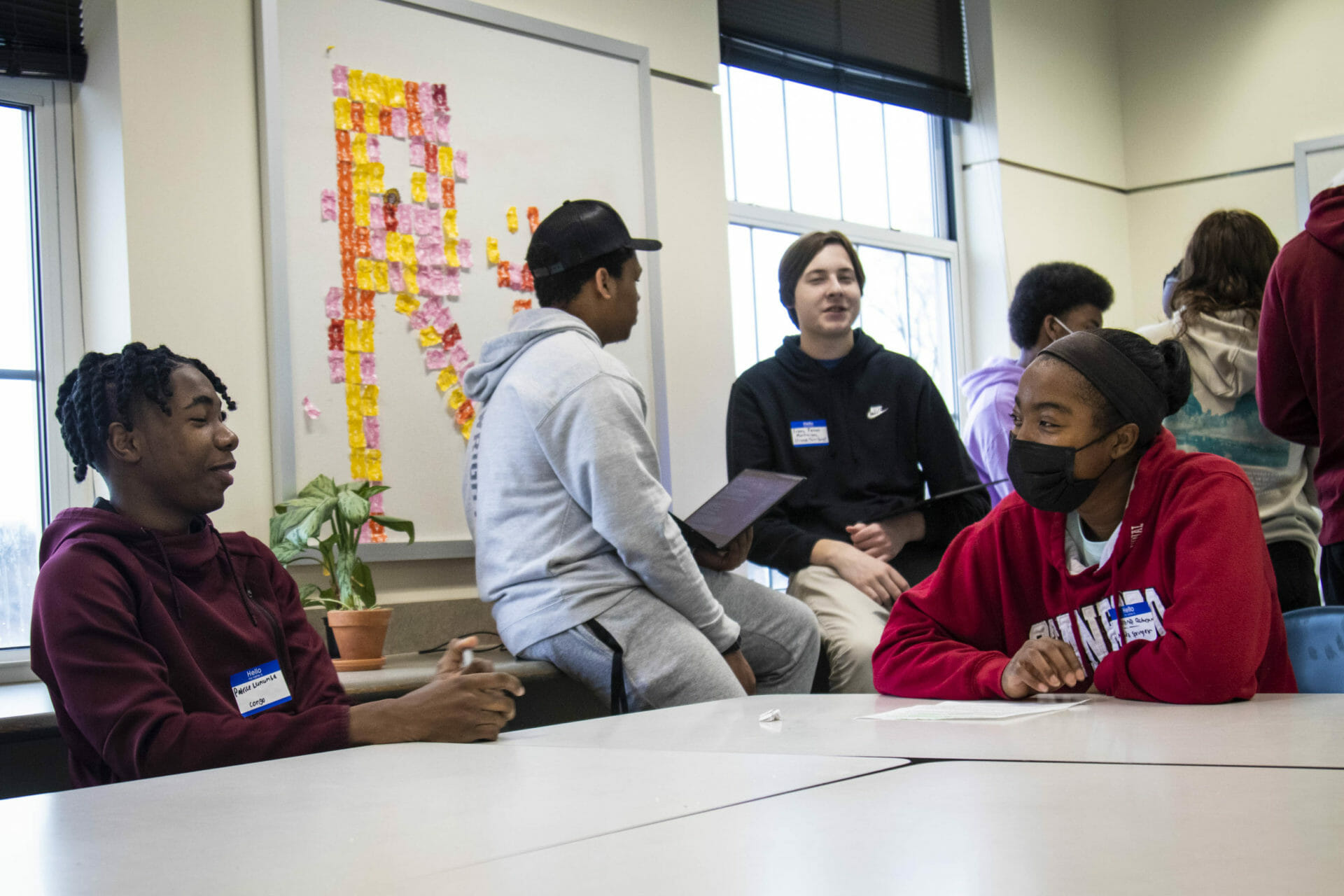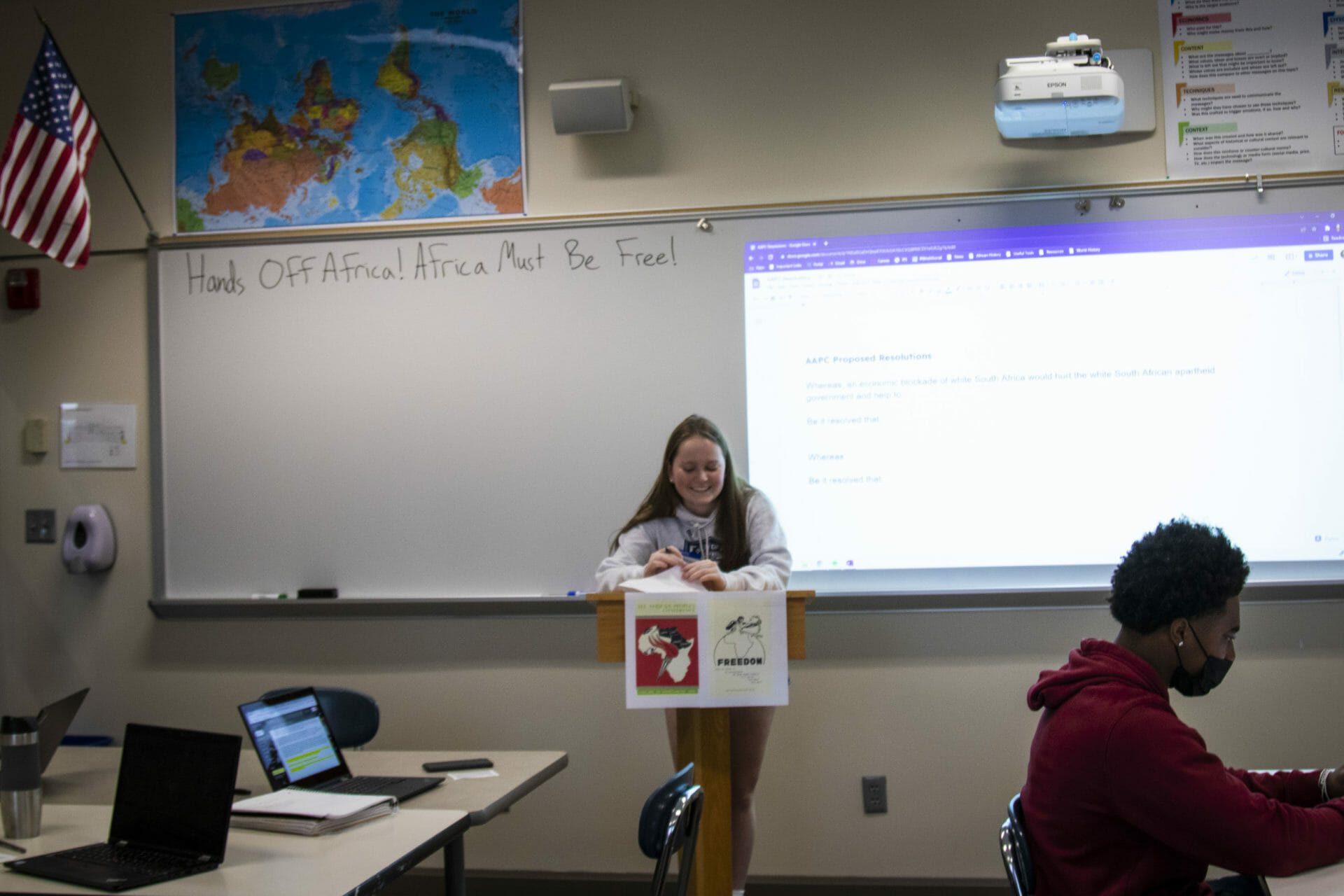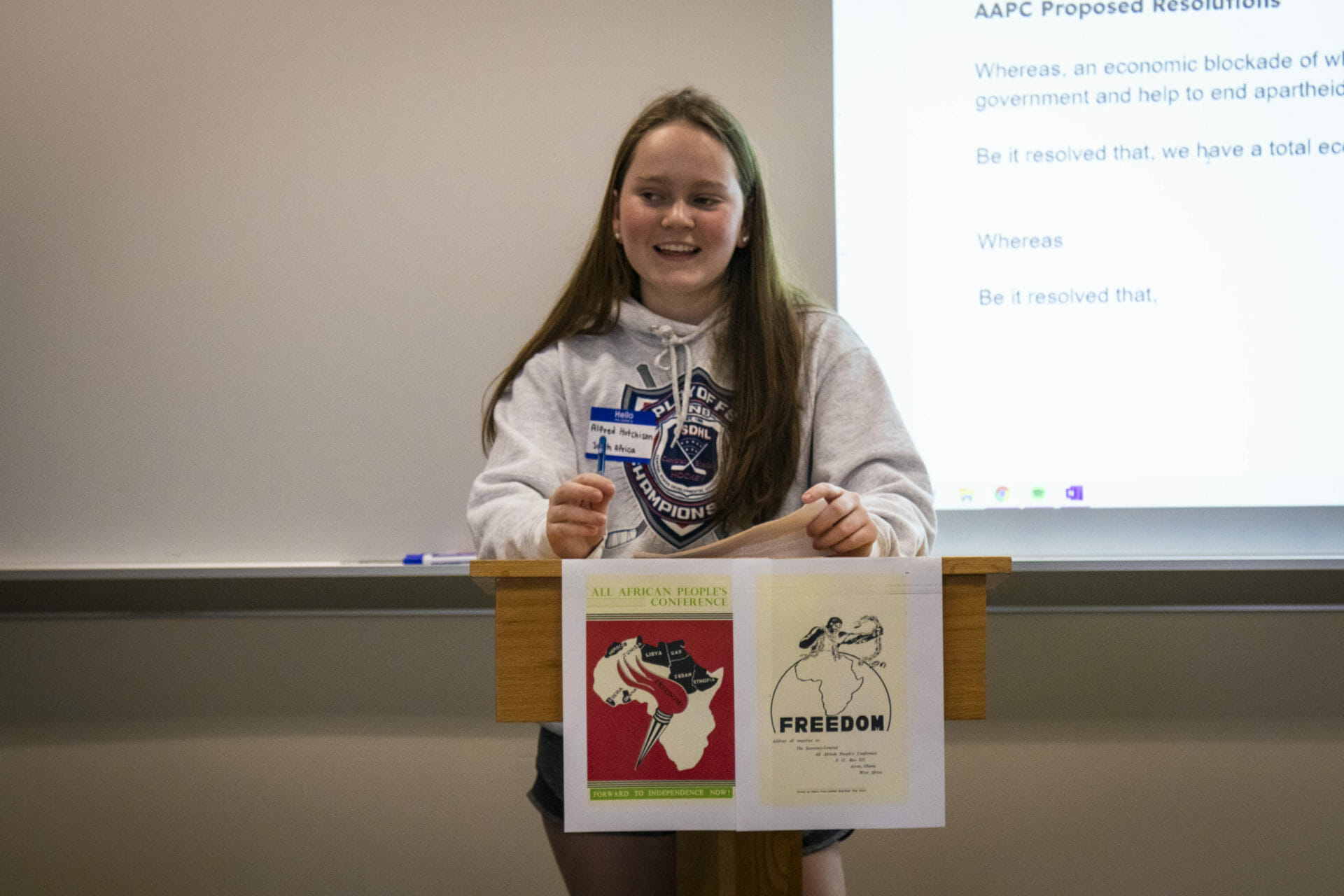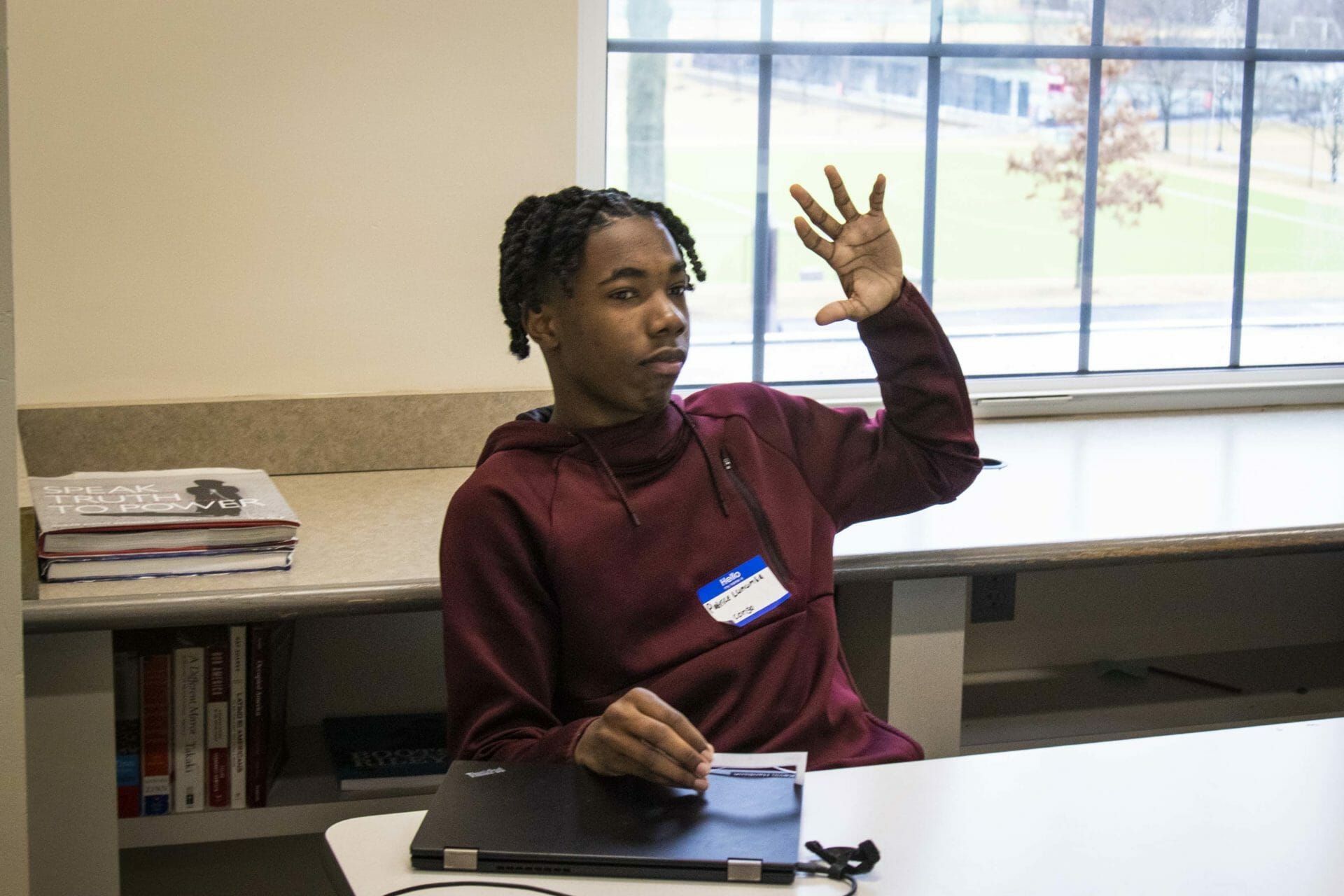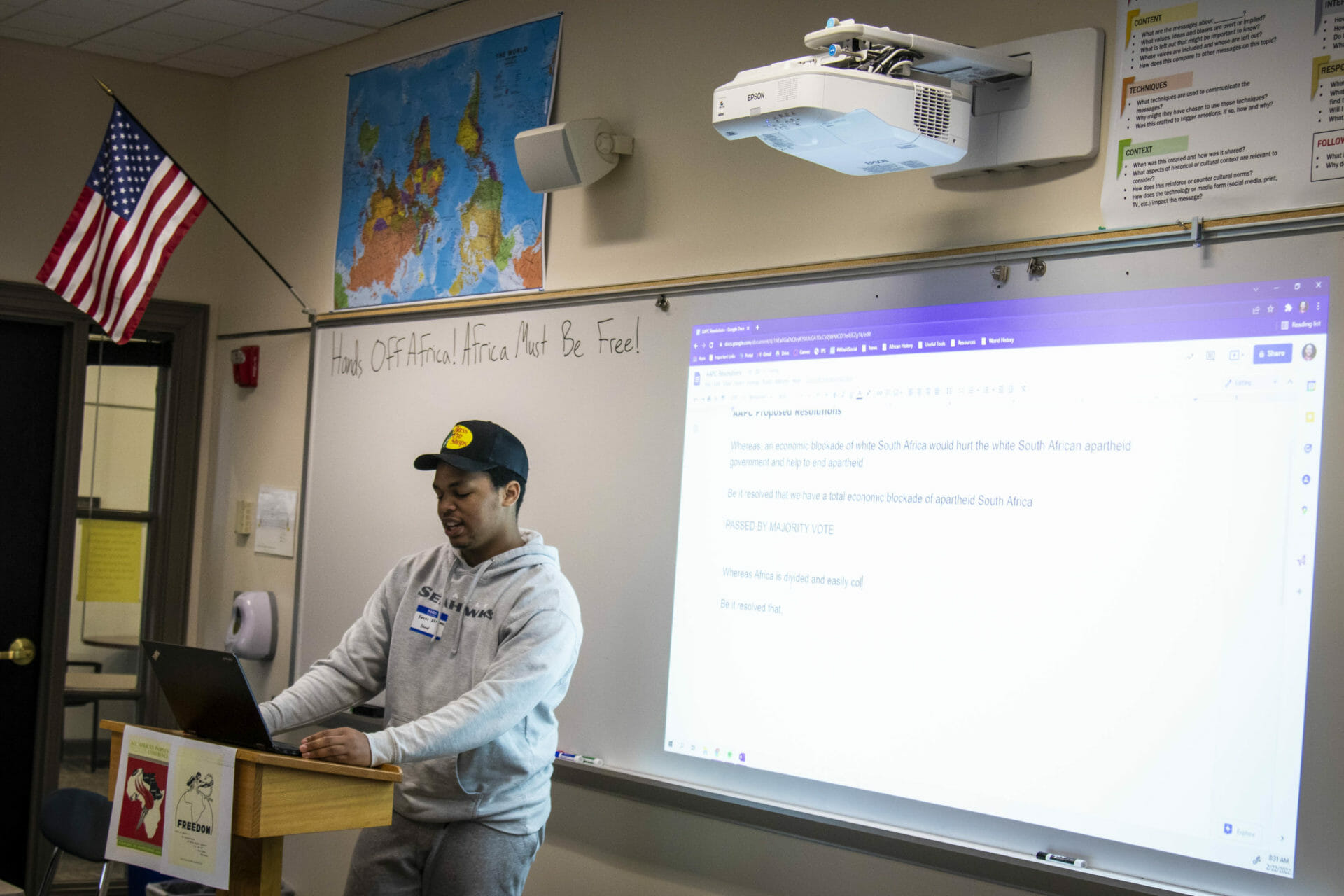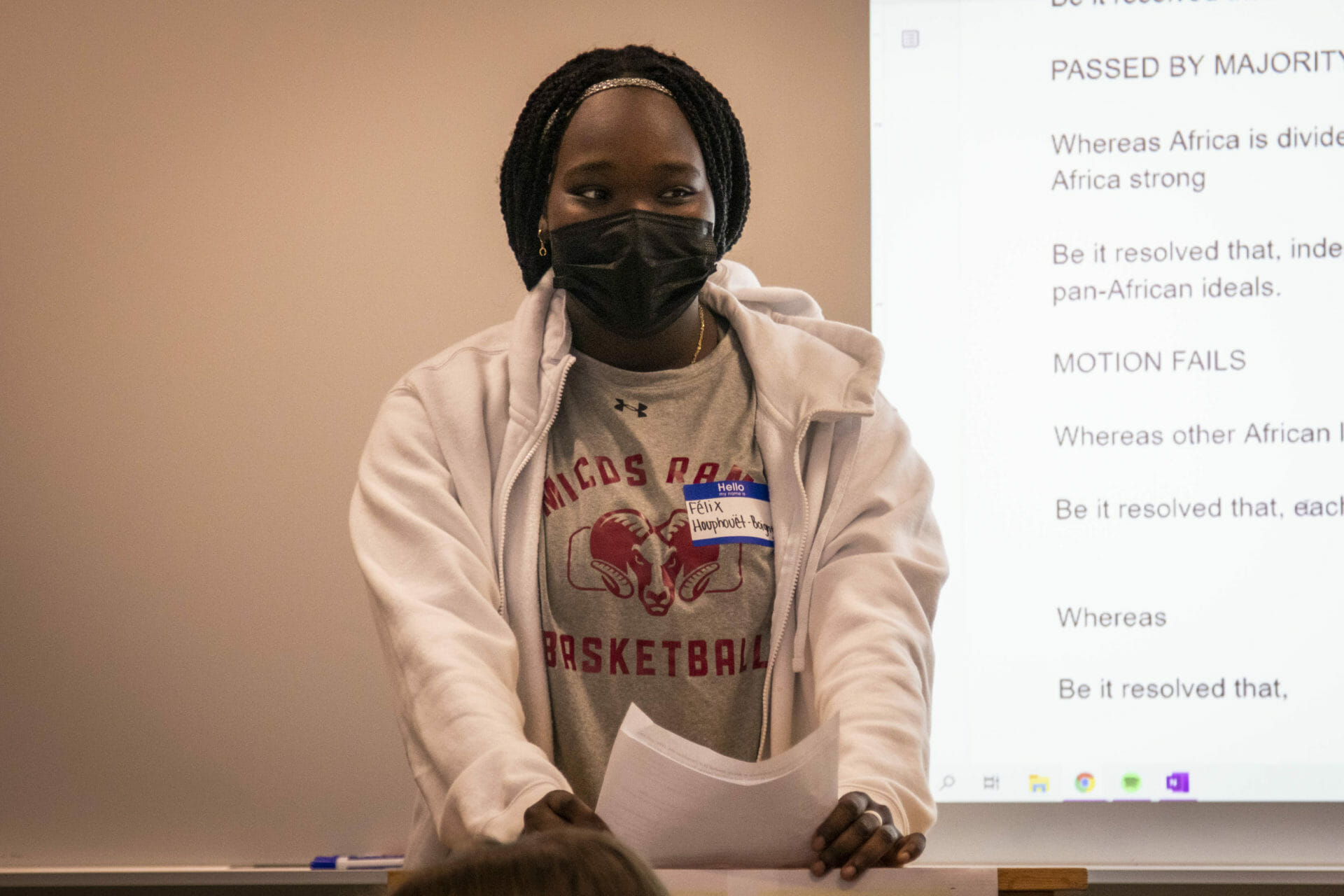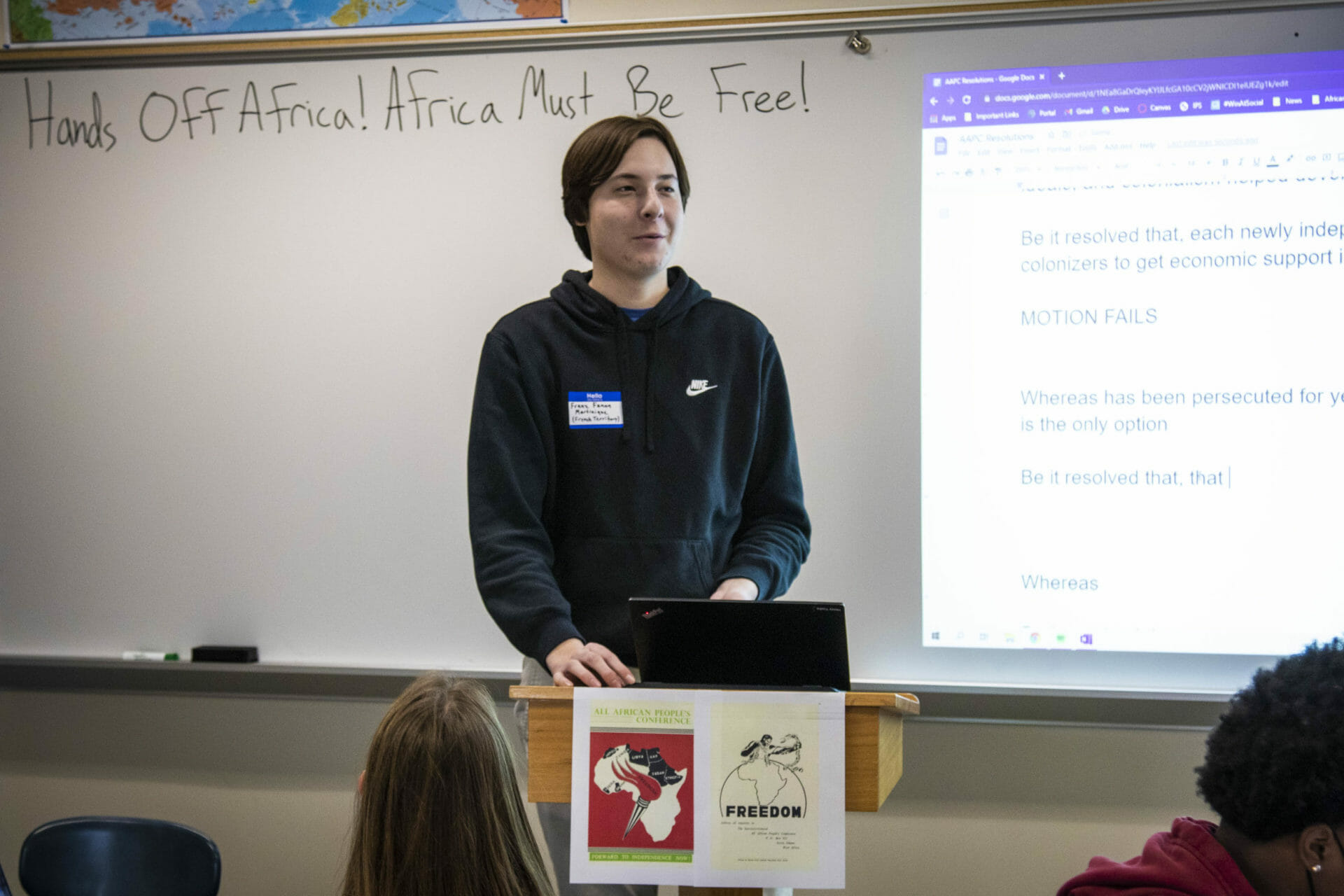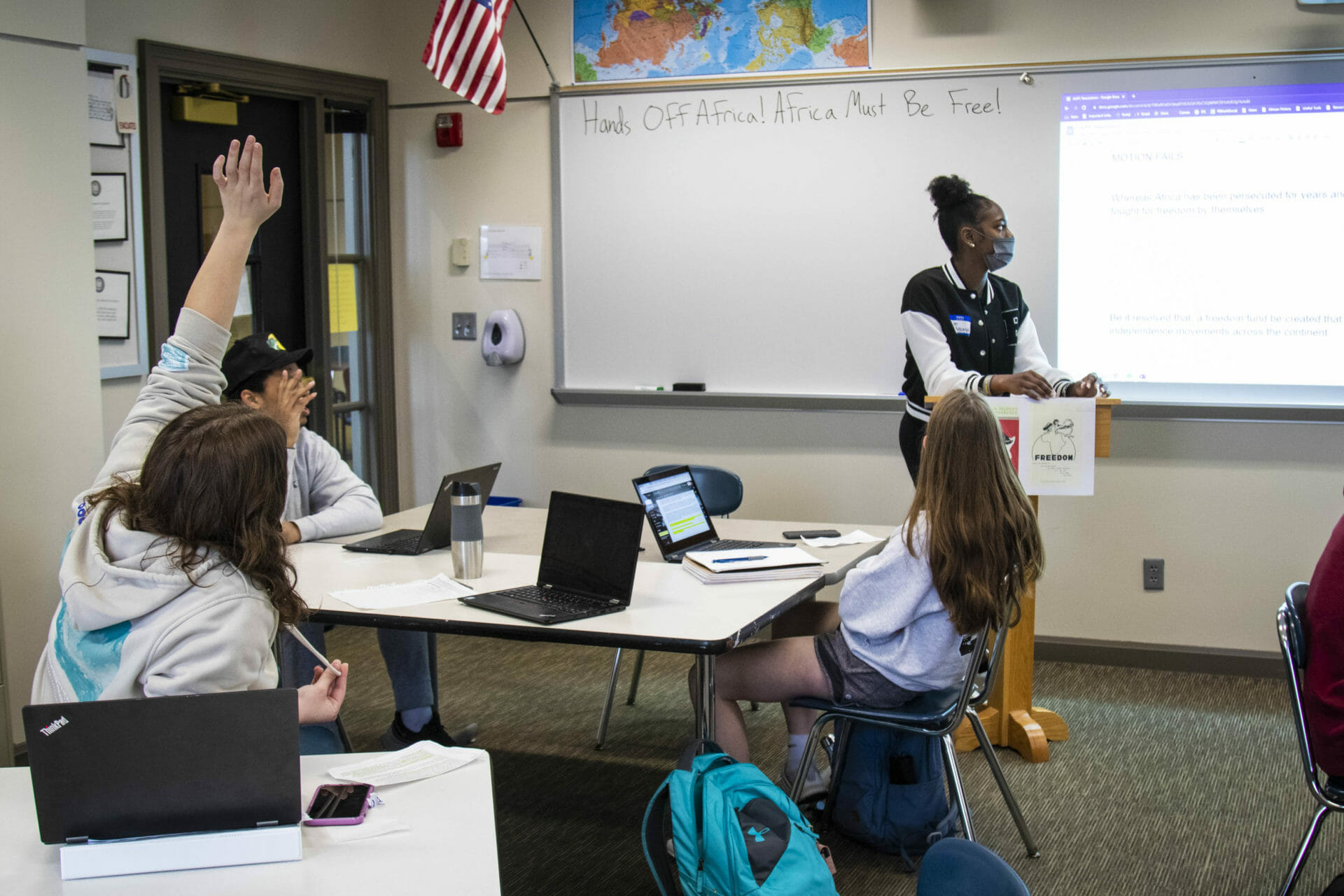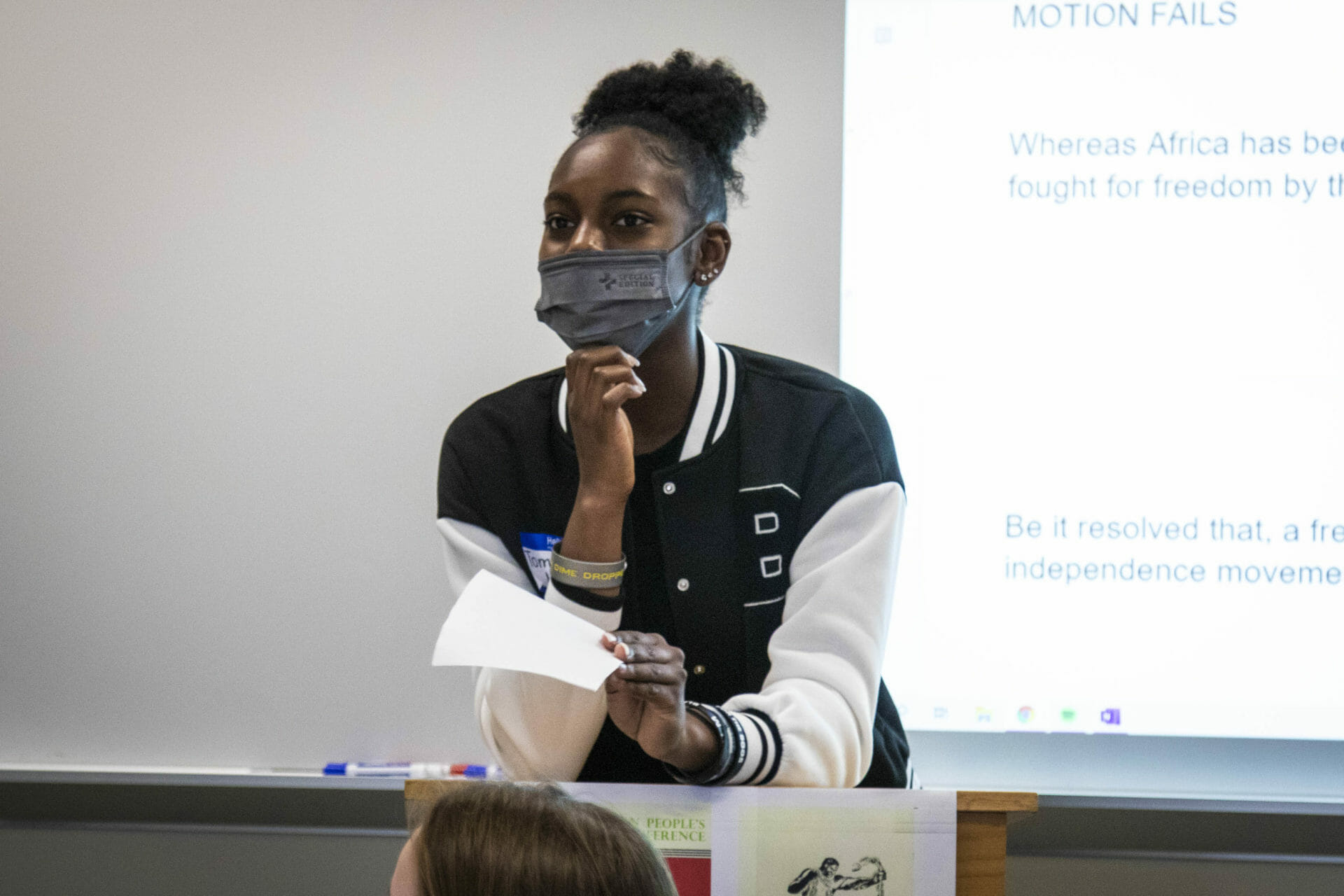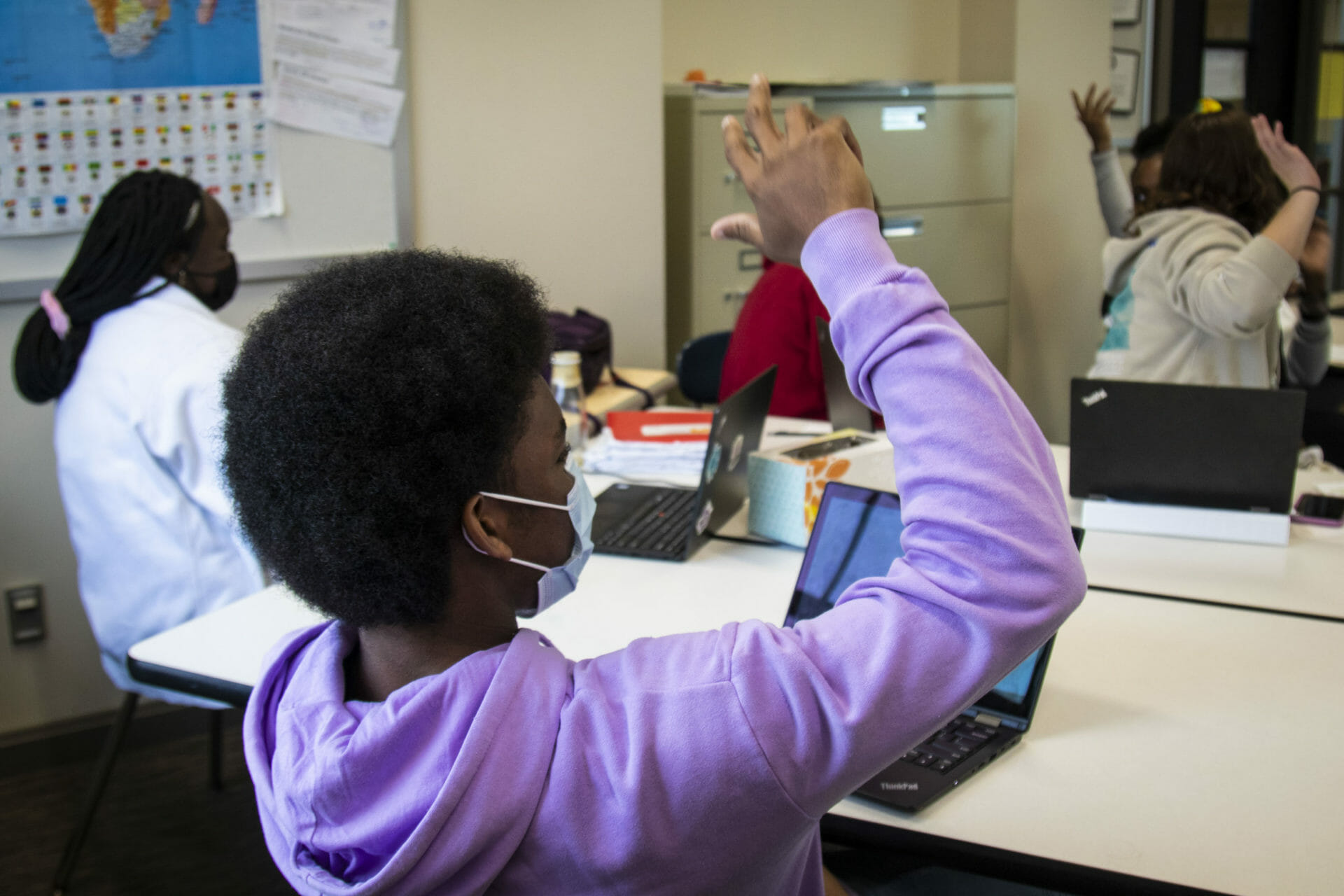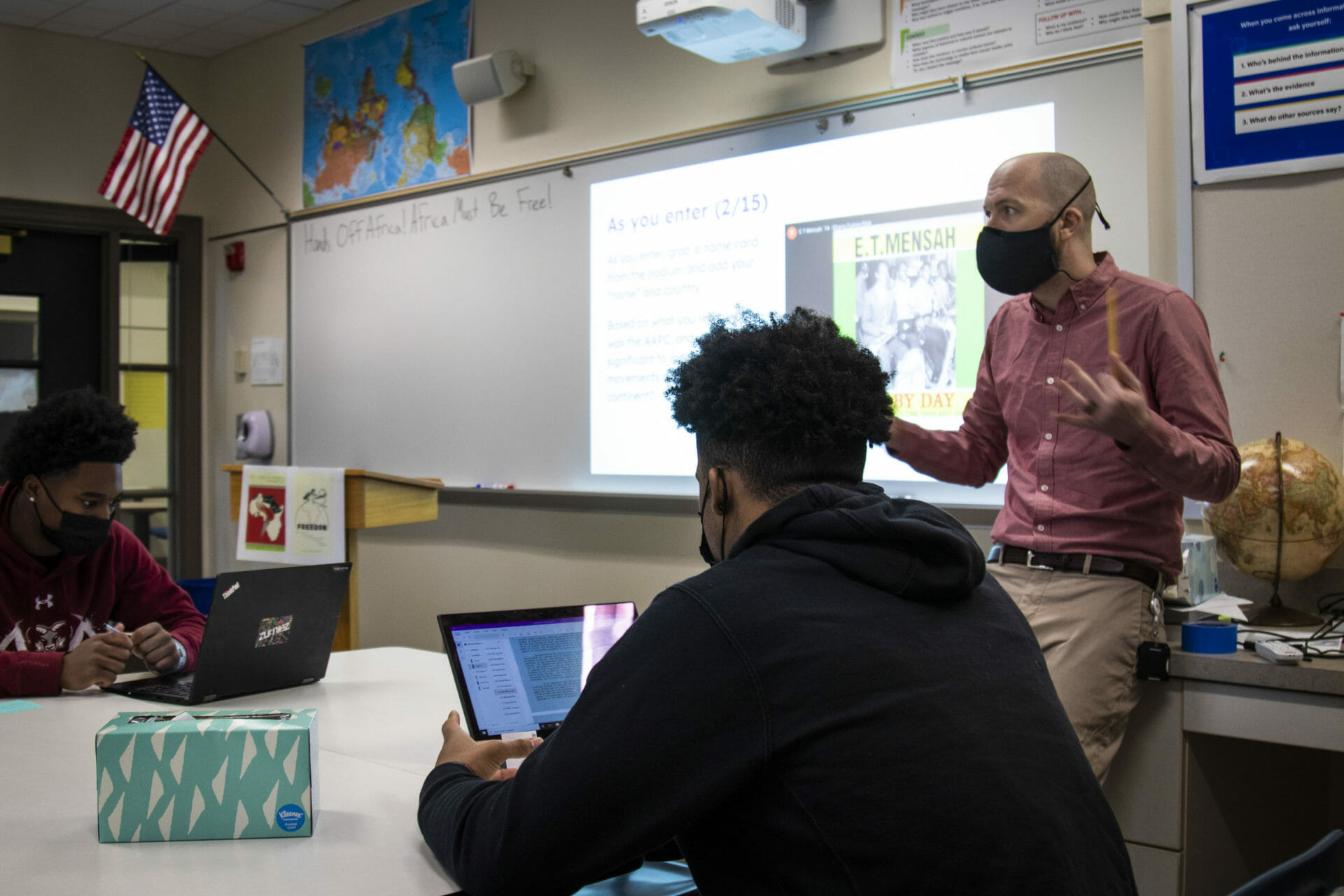If you walked into Upper School History Teacher Alexander Rolnick’s African History class on Tuesday morning, you would have found yourself back in time, in the middle of the 1958 All African People’s Conference (AAPC). Rolnick’s class performed a simulation of the AAPC with students acting as specific attendees of the conference.
Students were given the following prompt to set the scene:
Welcome to the All African People’s Conference in Accra, Ghana! It is December 8, 1958, and you are joining hundreds of representatives of states and political parties from across the African continent (as well as representatives from trade organizations, and observers from the United States, Russia, and China) to discuss the future of independence movements across the continent. This is the first opportunity for many attendees to meet nationalist freedom fighters from elsewhere on the continent, and particularly for English-speaking African leaders to meet French-speaking African leaders. It is also, in many cases, the first opportunity for many of these leaders to experience a setting of freedom, democracy, and non-segregation.
Each student assumed the role of a particular delegate who actually participated in the conference long ago. The delegates ranged from a representative of the Ethiopian Emperor and a trade unionist leader from Kenya to a representative of a French Cabinet member and the Democratic Party of Côte d’Ivoire. Each had specific goals to achieve during the conference.
After reviewing and assuming their roles, the class acted out the AAPC that took place over 70 years ago. First, two of the attendees delivered opening speeches. Then, a meet and greet took place where each delegate had the opportunity to speak with another about their goals, aspirations, or concerns. Flying around the room were discussions on pan-Africanism, independence, decolonization, apartheid, economic blockades, a freedom fund, collaboration, relationships with other countries, allies, violence and nonviolence, capitalism, socialism, imperialism, nationalism, the idea of a “United States of Africa,” and more. Students had their work cut out for them in listening to different points of view, goals, and methods for achieving those goals.
Next, each delegate proposed language to meet their goals while their fellow counterparts voted to approve or reject the new initiatives. Only two of the motions passed after securing a majority of the votes, but there were countless lessons and perspectives gained.
“In the simulation, I was Franz Fanon, a Martinique-born doctor and Algerian freedom fighter. It was my job to support his ideas of Pan-Africanism and his plans for fighting imperialism as one African continent,” shared Henry Yuska ’23. “I liked the simulation because it gave me a chance to talk with my classmates about their ideas and goals, which gave me new perspectives and insight into what some of Africa’s top leaders wanted to do with the continent at the time of this real-life conference. Overall, this game showed me how hard it is to unite and negotiate for Africa. Africa is a massive continent with tons of different ethnic groups and languages that has been colonized by many different countries, so it was difficult to find common ground on the issues that we talked about. All of the leaders came from very different perspectives, so everyone had their own unique goals and ideas for the continent.”
Cole Gipson ’23 played the role of Kwame Nkrumah, the president of recently independent Ghana. “I liked the simulation-style lesson a lot because it was fun to role-play the politics we had been learning the details of for the past week,” Gipson explained. “It was also fun to try to get legislation passed during the meeting and arguing with classmates about what was best for our countries. I learned a lot about how different leaders had different ideals and why they didn’t always get along. I also learned how organizations like the OAU (Organisation of African Unity) were formed and what they accomplished.”
Maya Anderson ’23 described her experience playing the role of Tom Mboya: “[He] was a trade unionist and politician who had close connections with the U.S (working hand-in-hand with the CIA). This was a great way to enhance the learning of the students because we couldn’t fully understand the perspectives of those at the African People’s Conference. Following this lesson, I have acquired additional information as to why there was a struggle to unify the people/leaders of Africa because of their different desires or beliefs.
Through the simulation, students better understood the different points of view and how complicated it was to get certain measures passed. Rolnick was pleased with how his students took the lesson to heart. “It was great to see students represent some of the most significant independence-era leaders of the continent, and to see them get in character and take seriously some of the central debates of the time period,” he said. “I was happy to see students making novel connections to the content, deeply understanding the diversity of perspectives on independence, and of course, enjoying it. They also left some great constructive feedback, so I am able to improve it for future classes.”
What better way to learn than by immersing oneself into the All African People’s Conference role-play lesson in Mr. Rolnick’s class!
